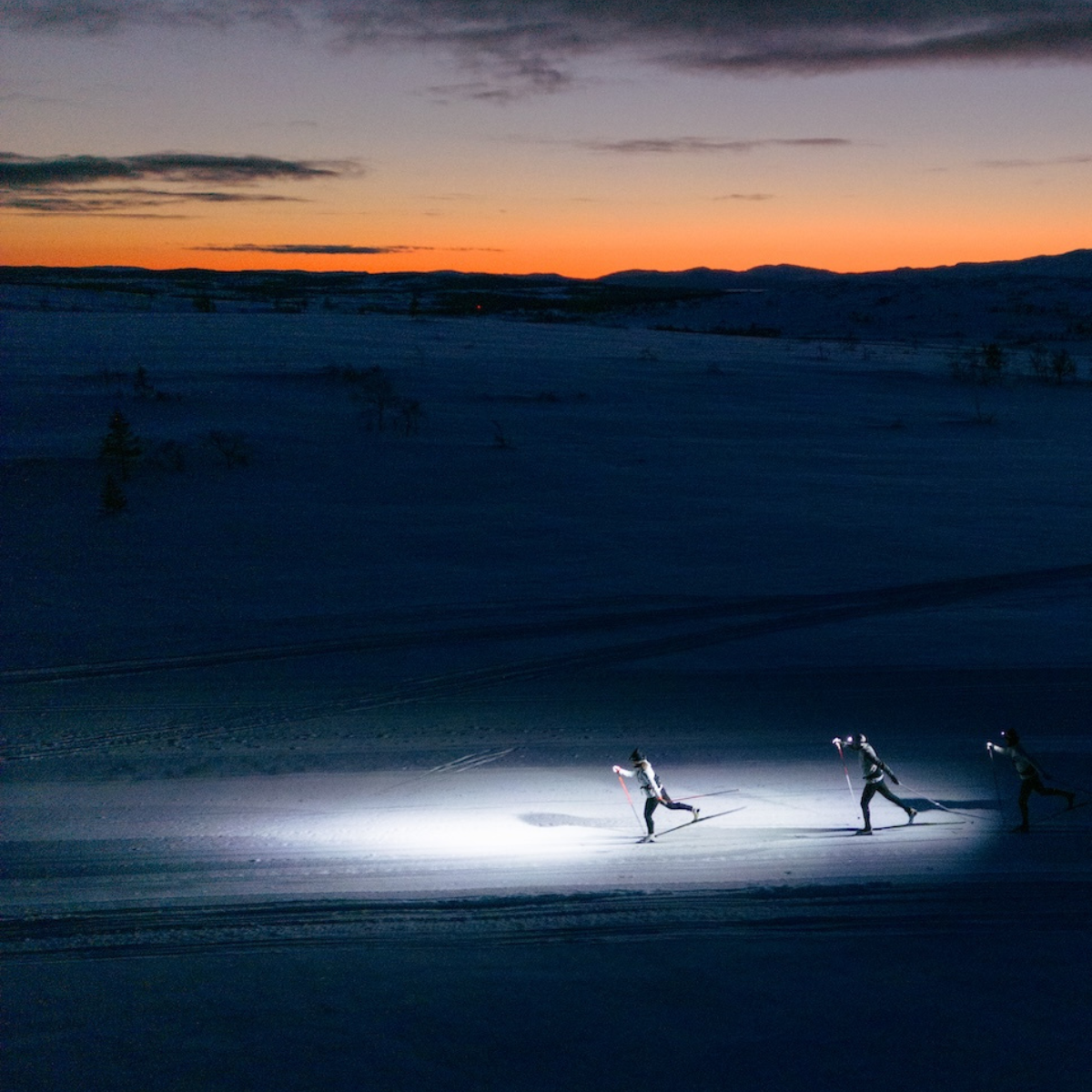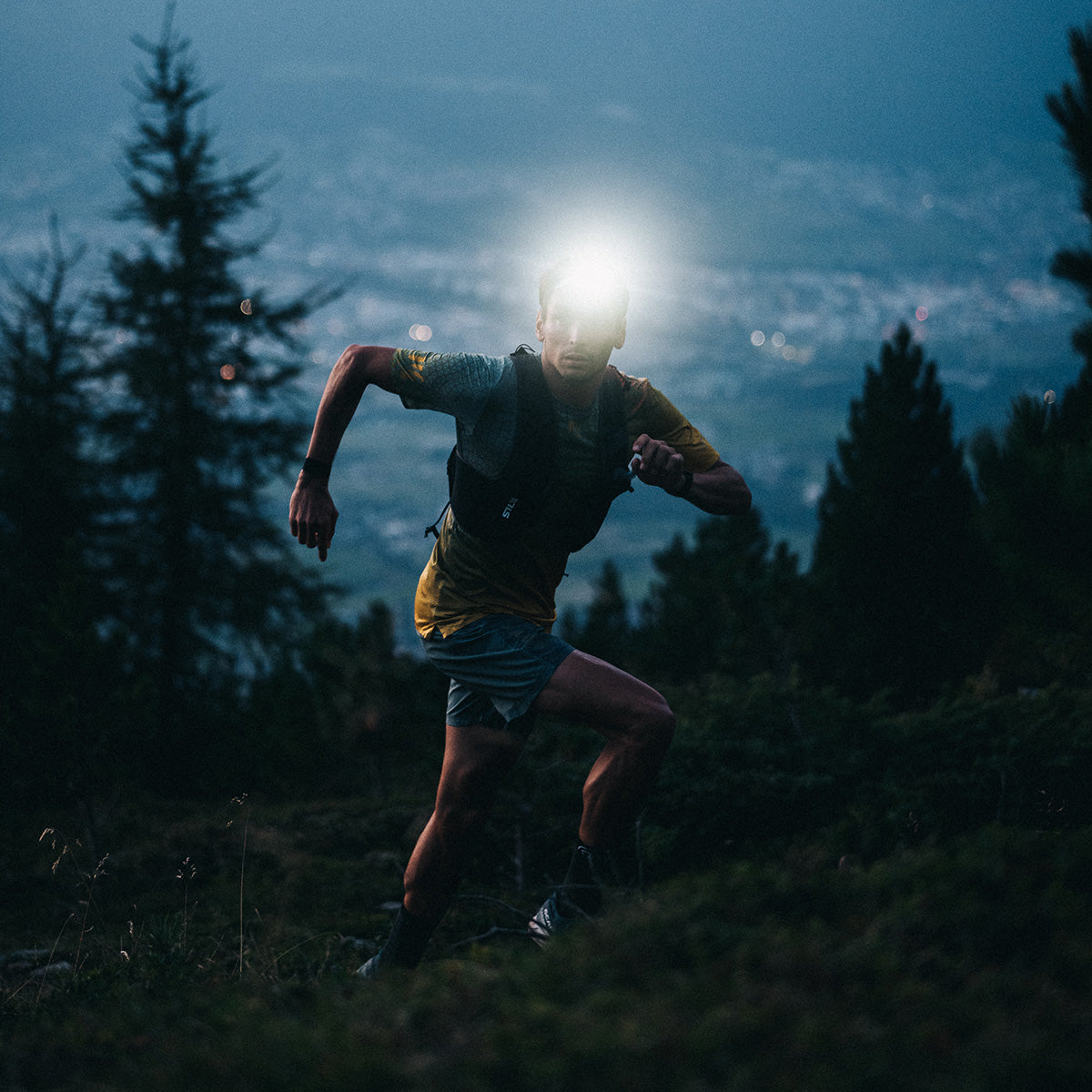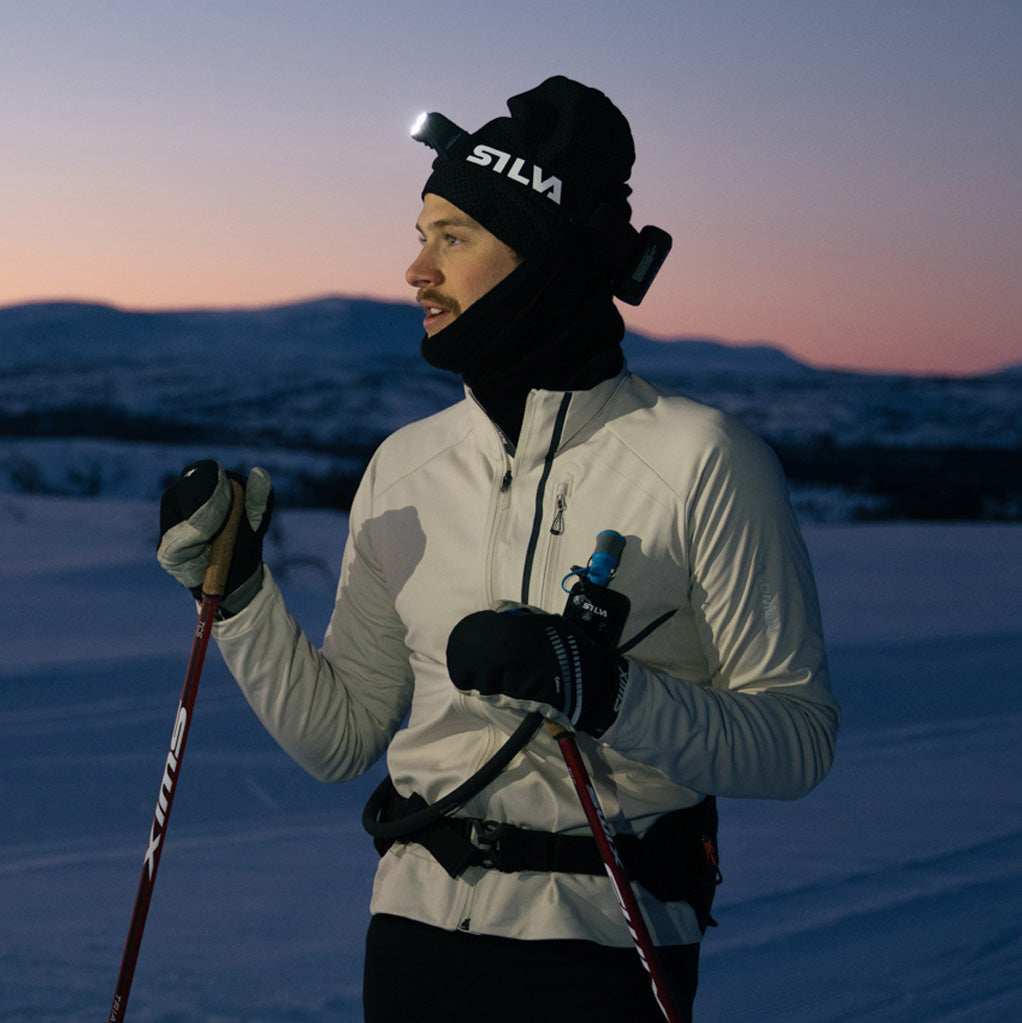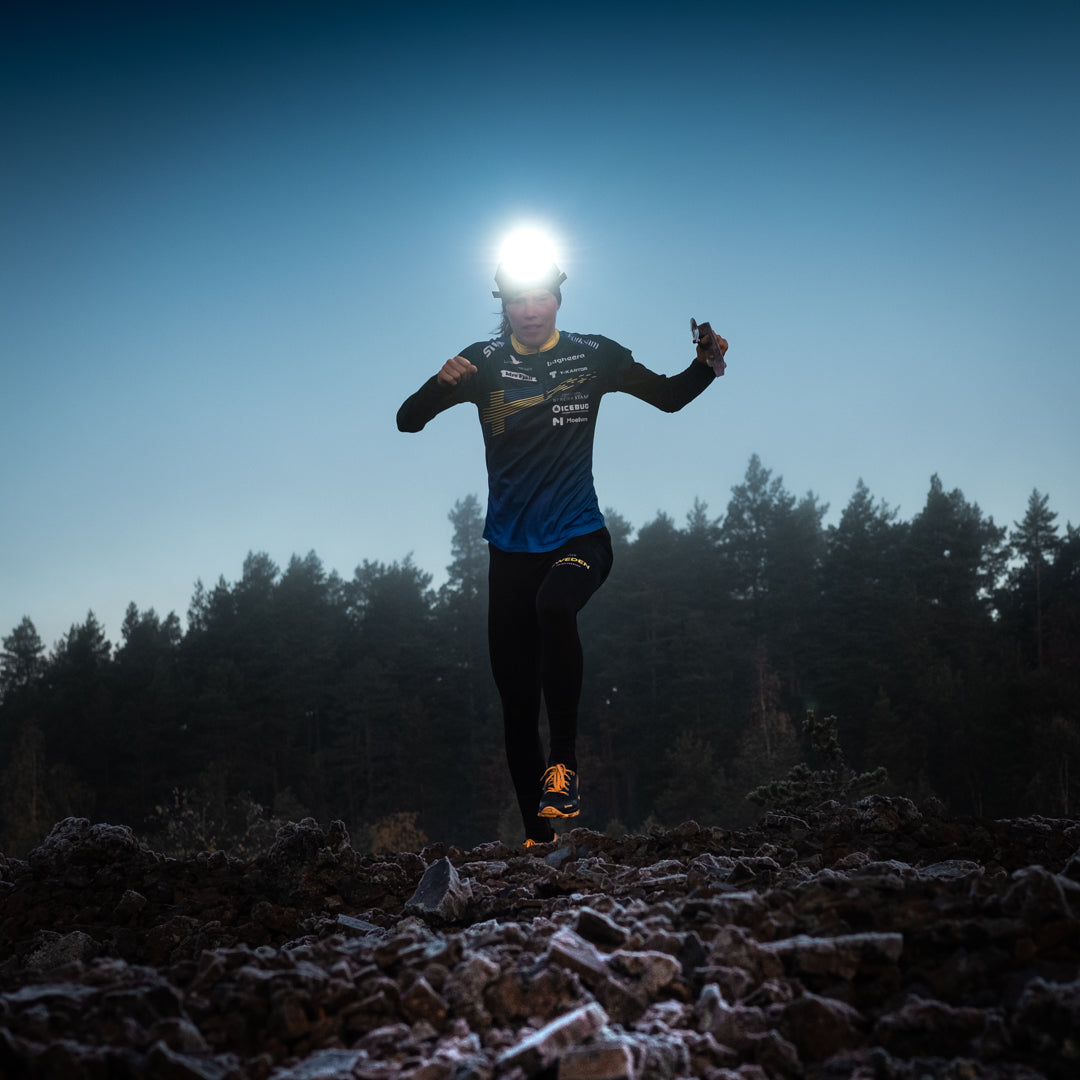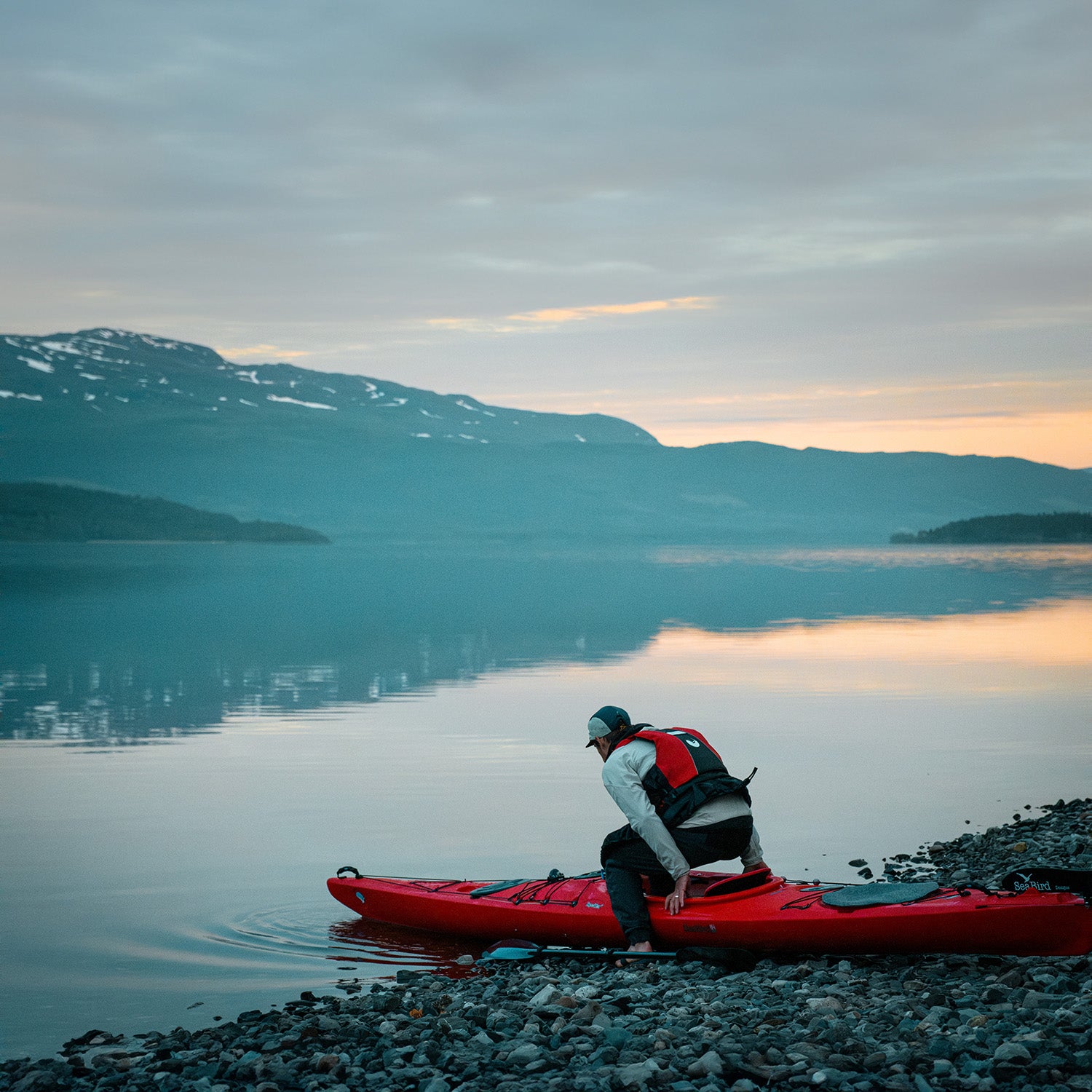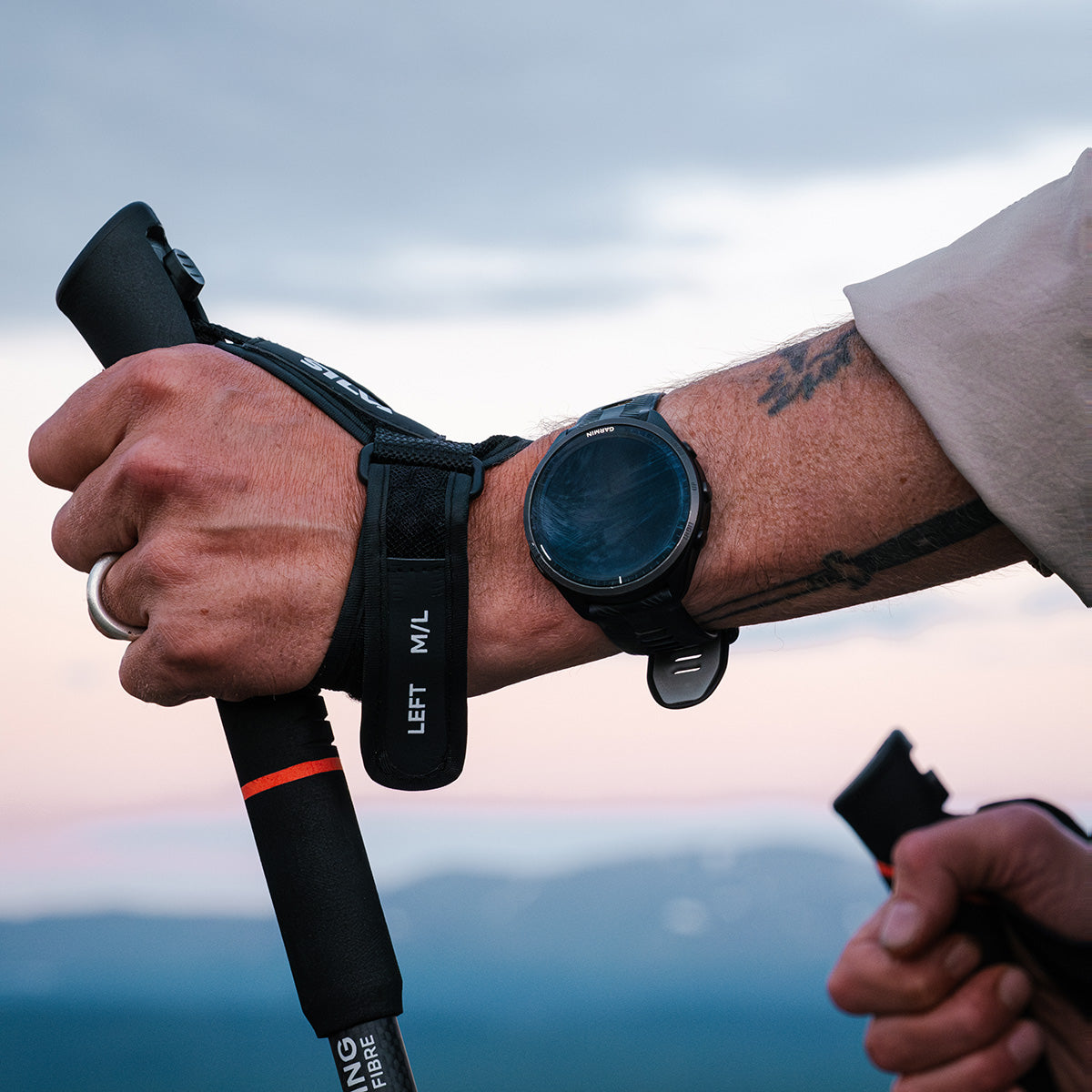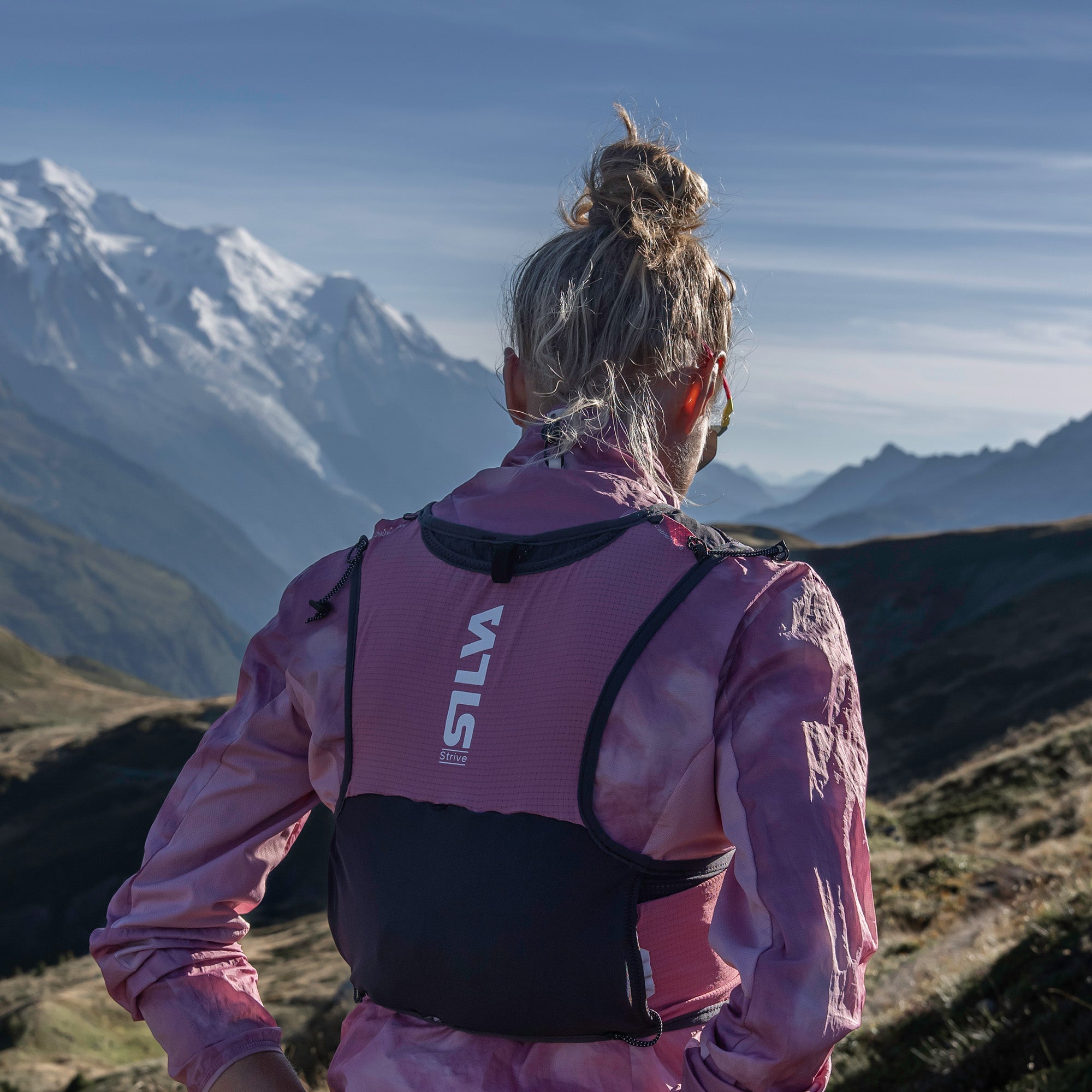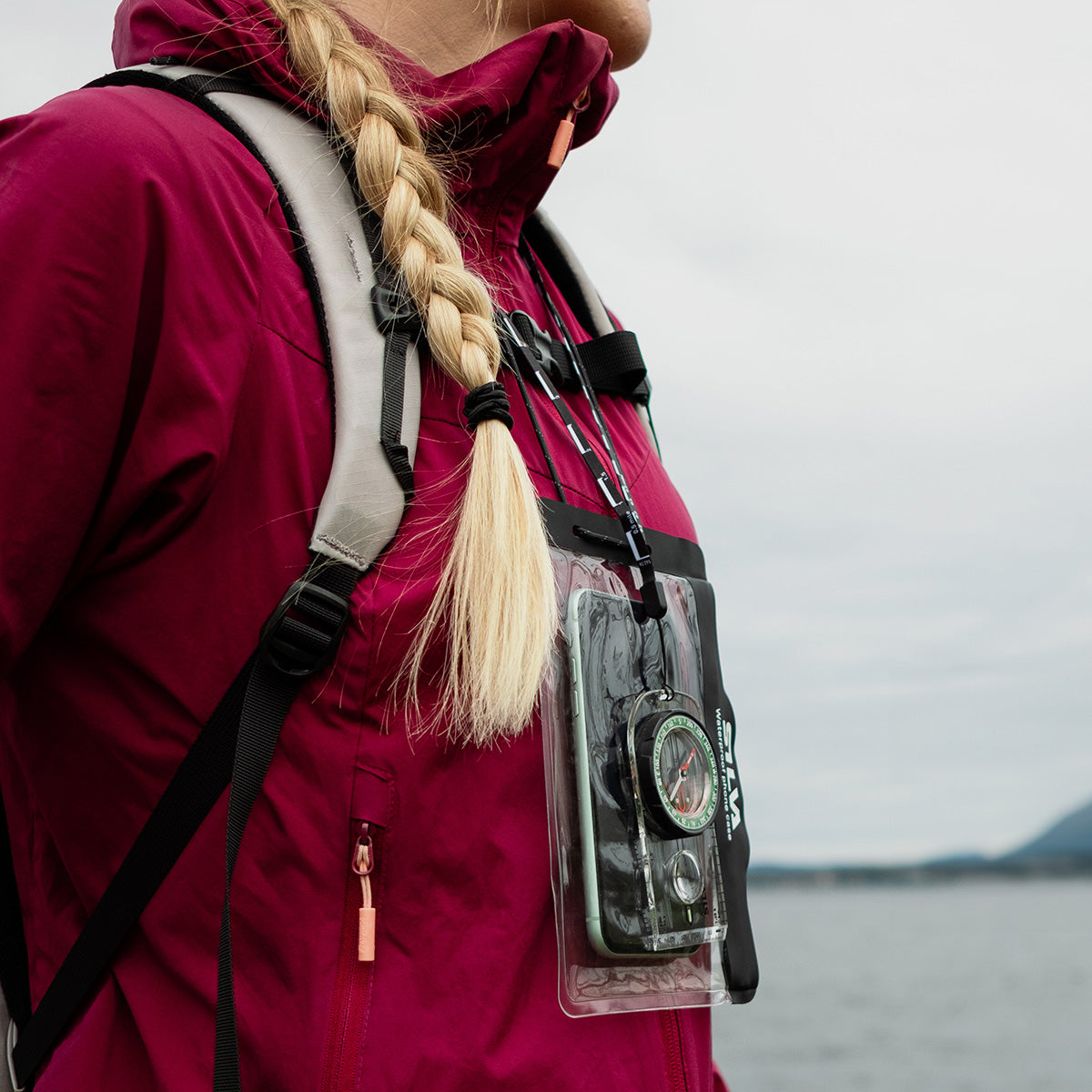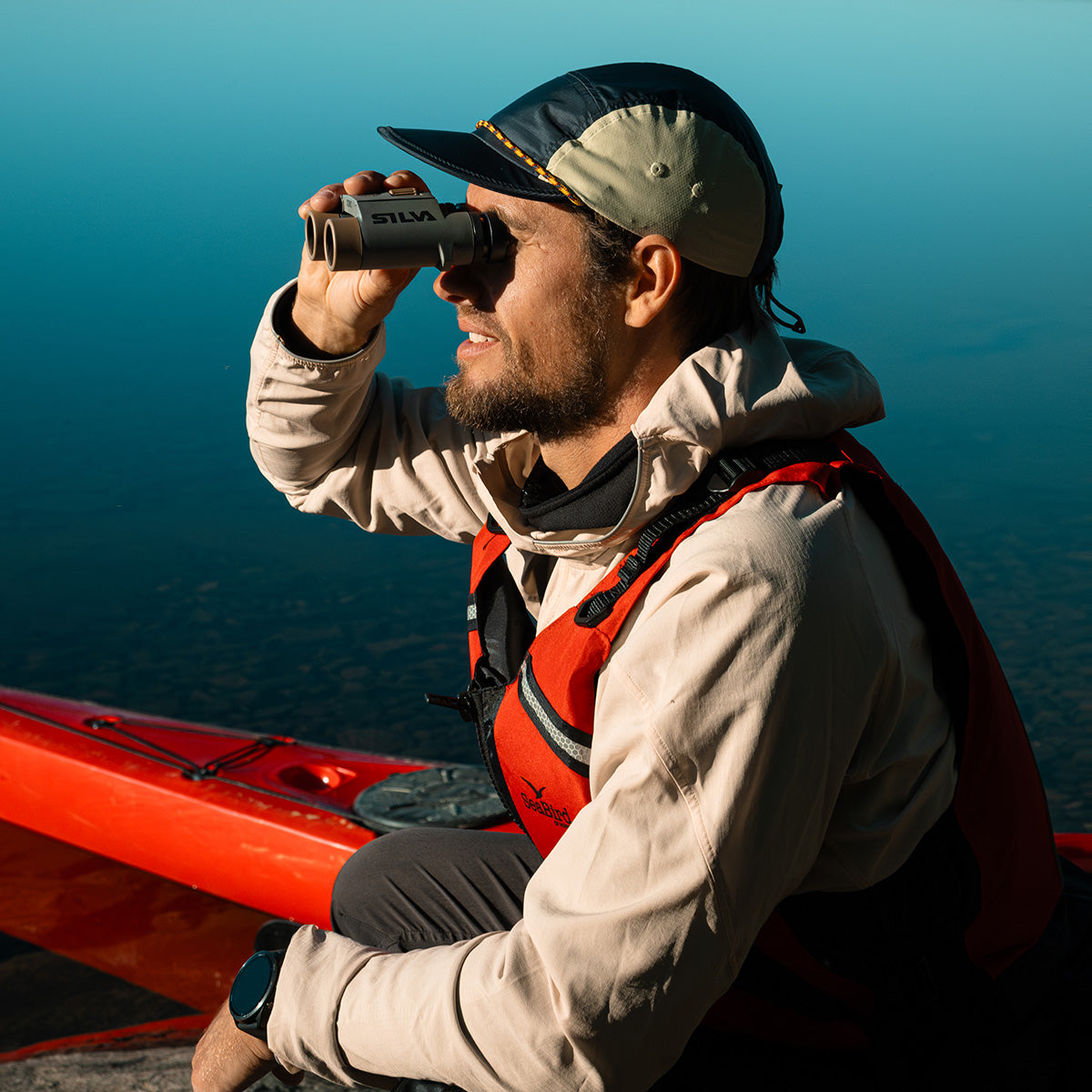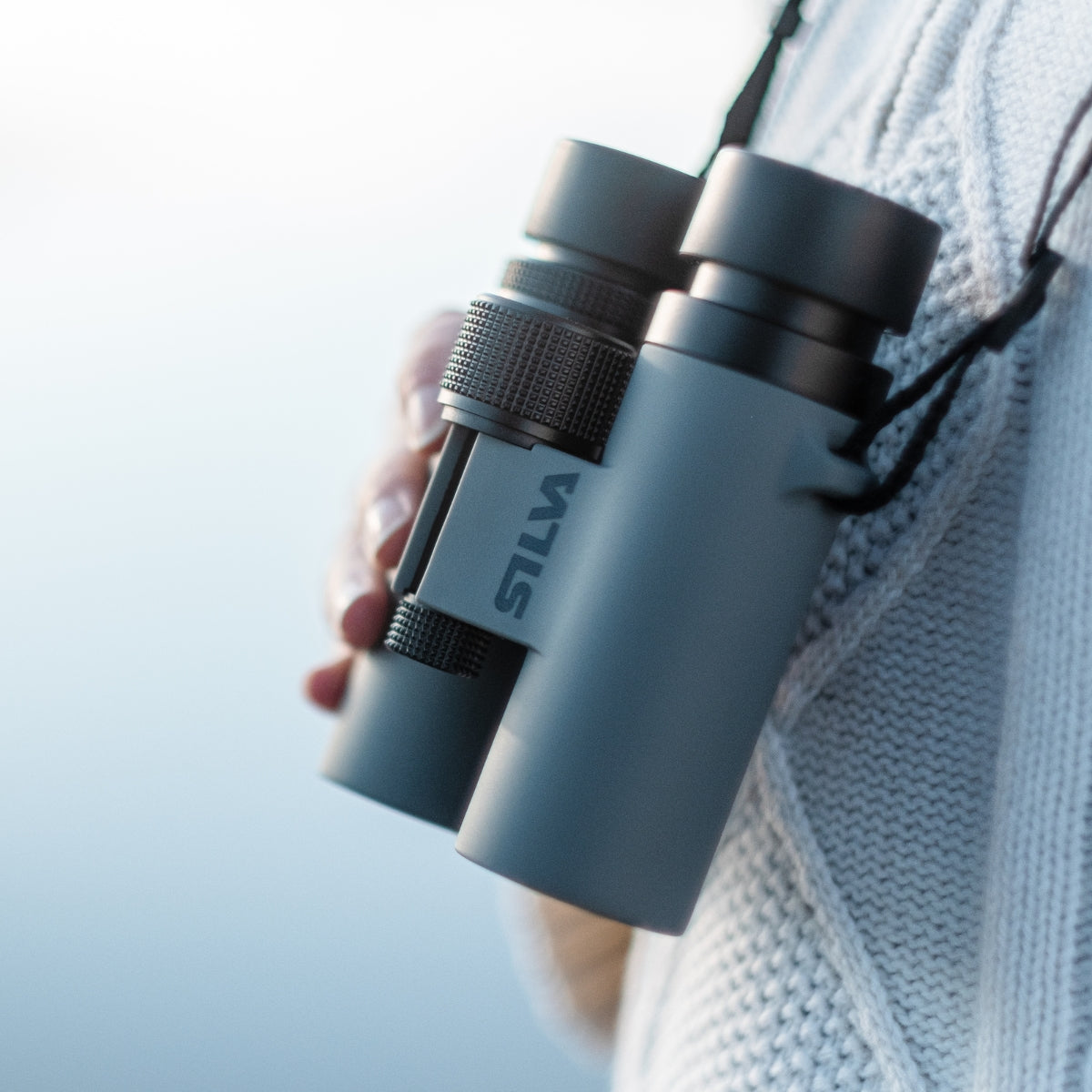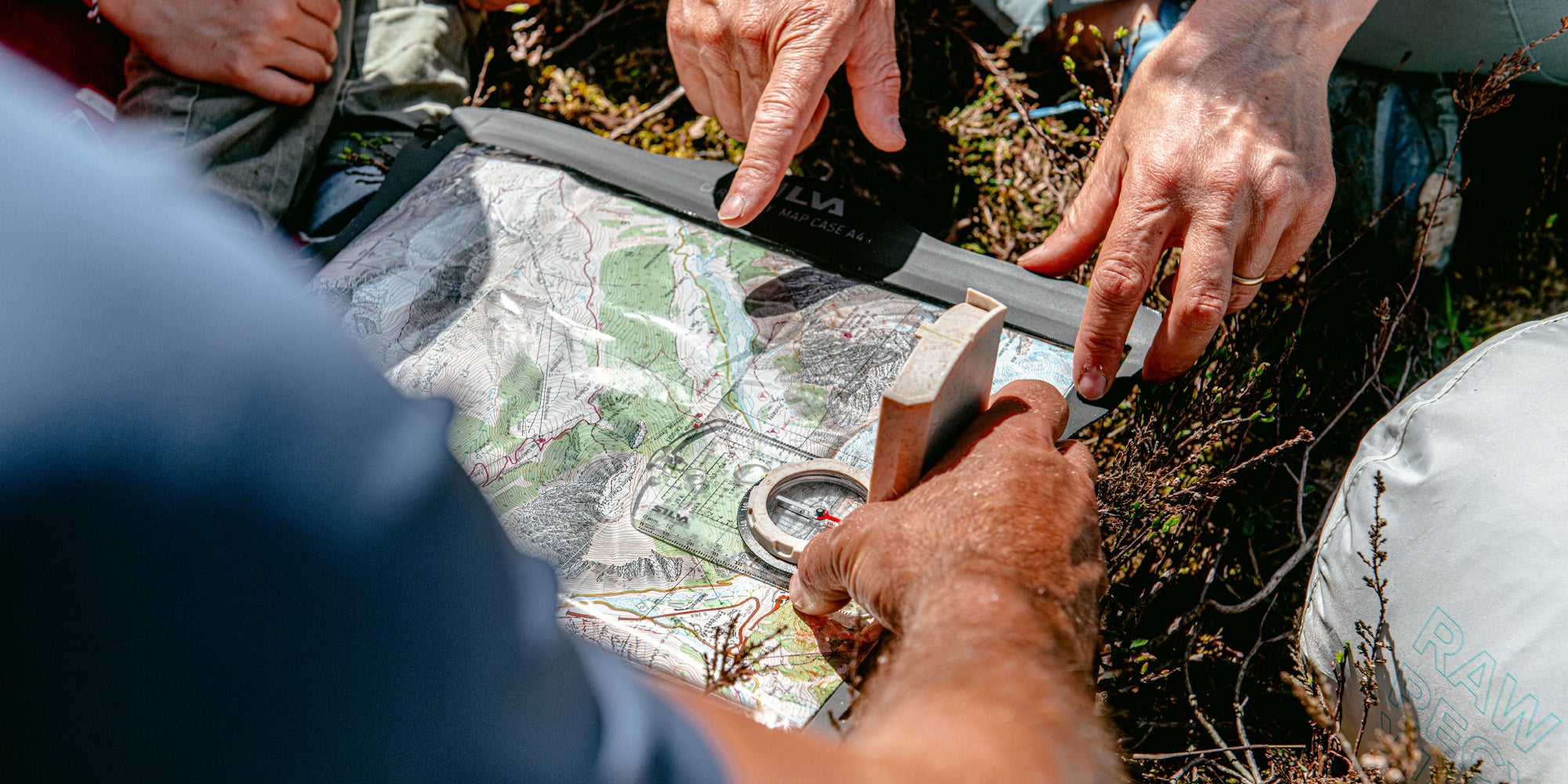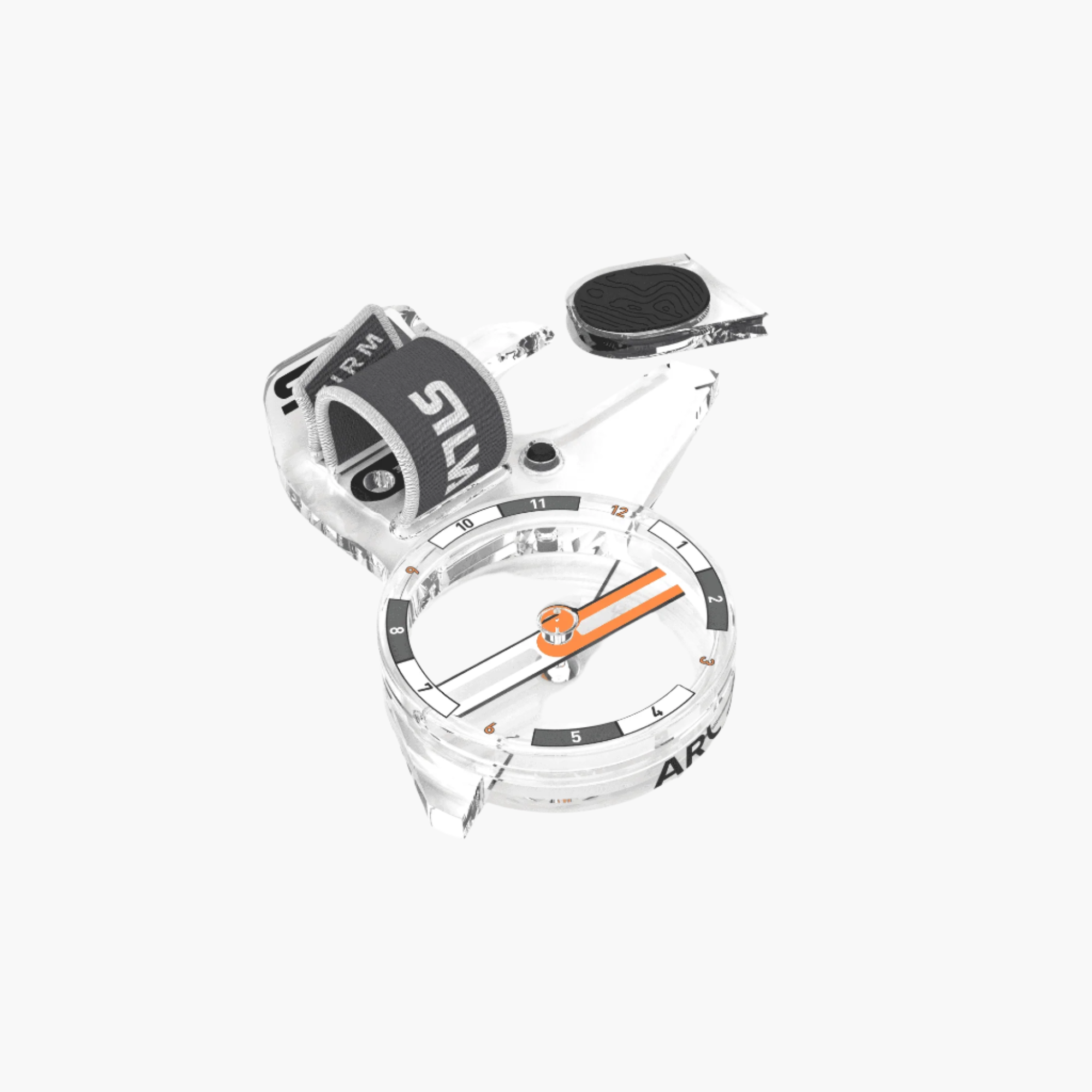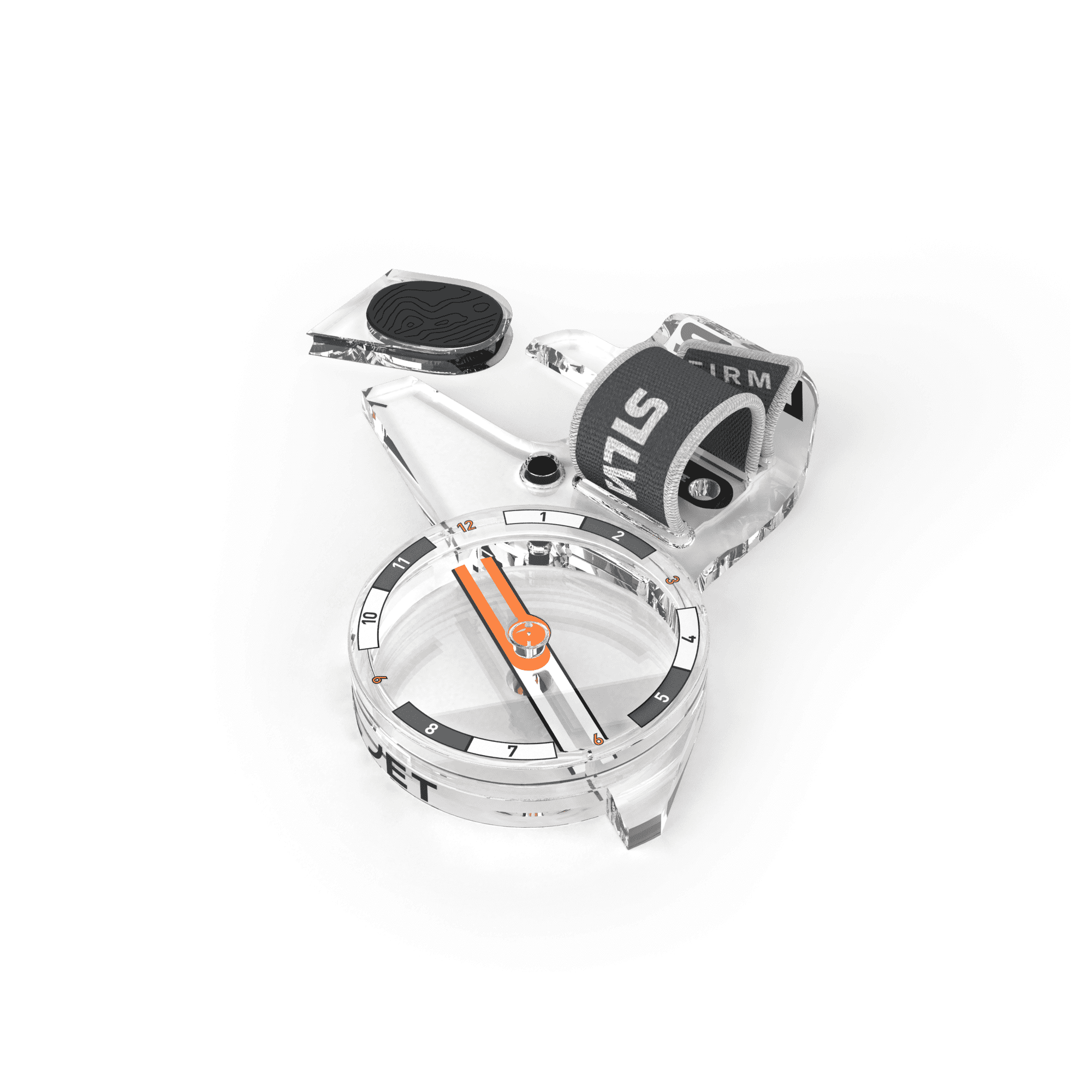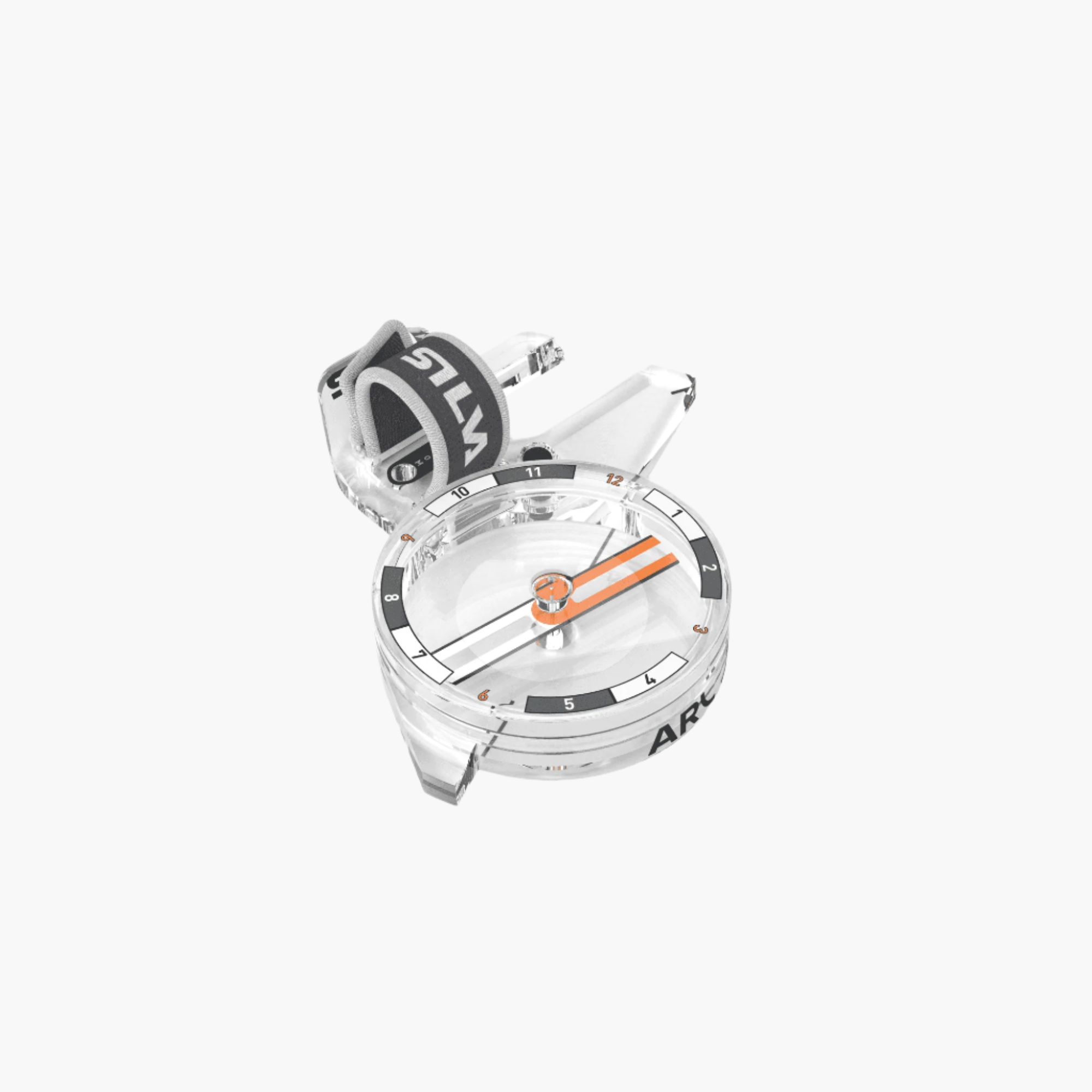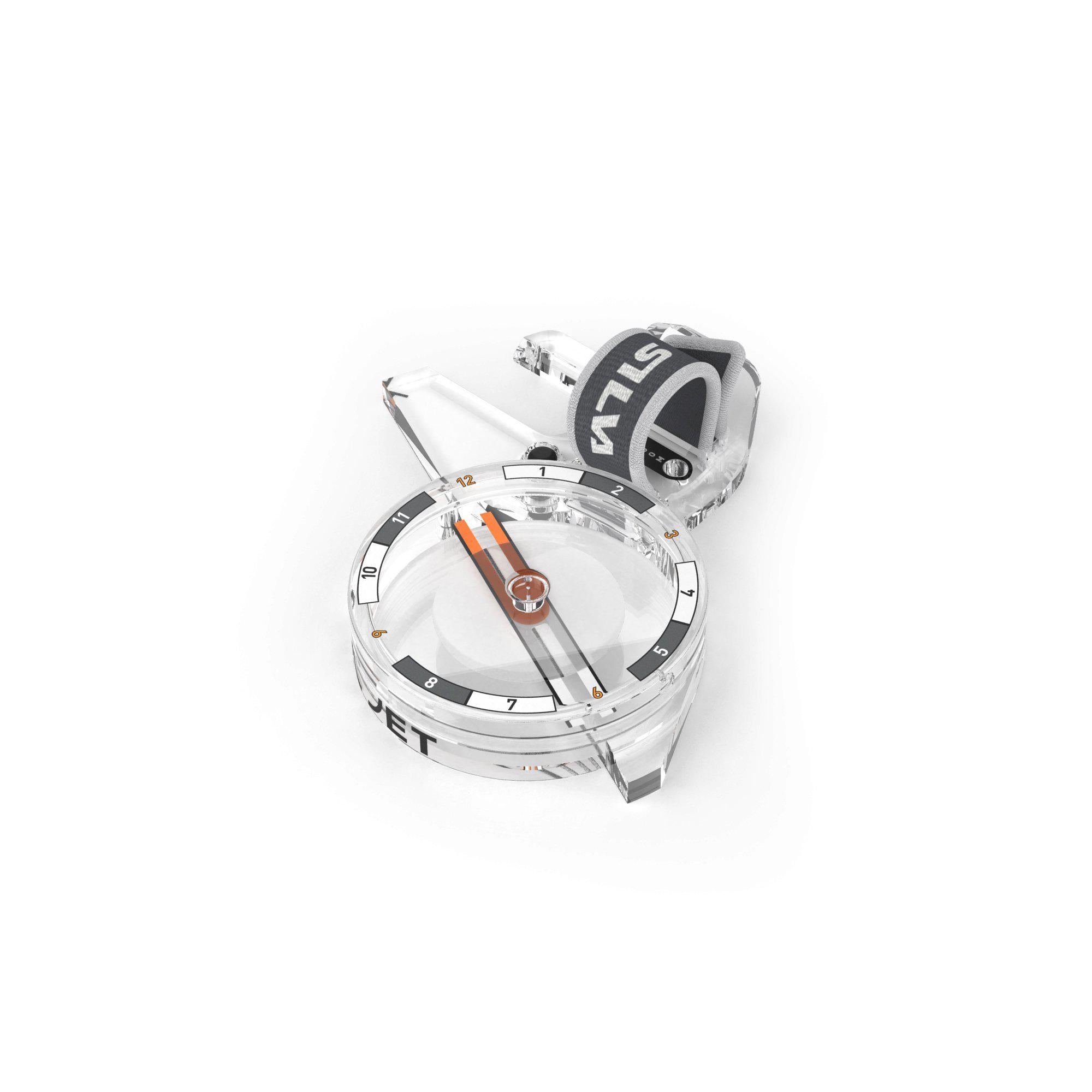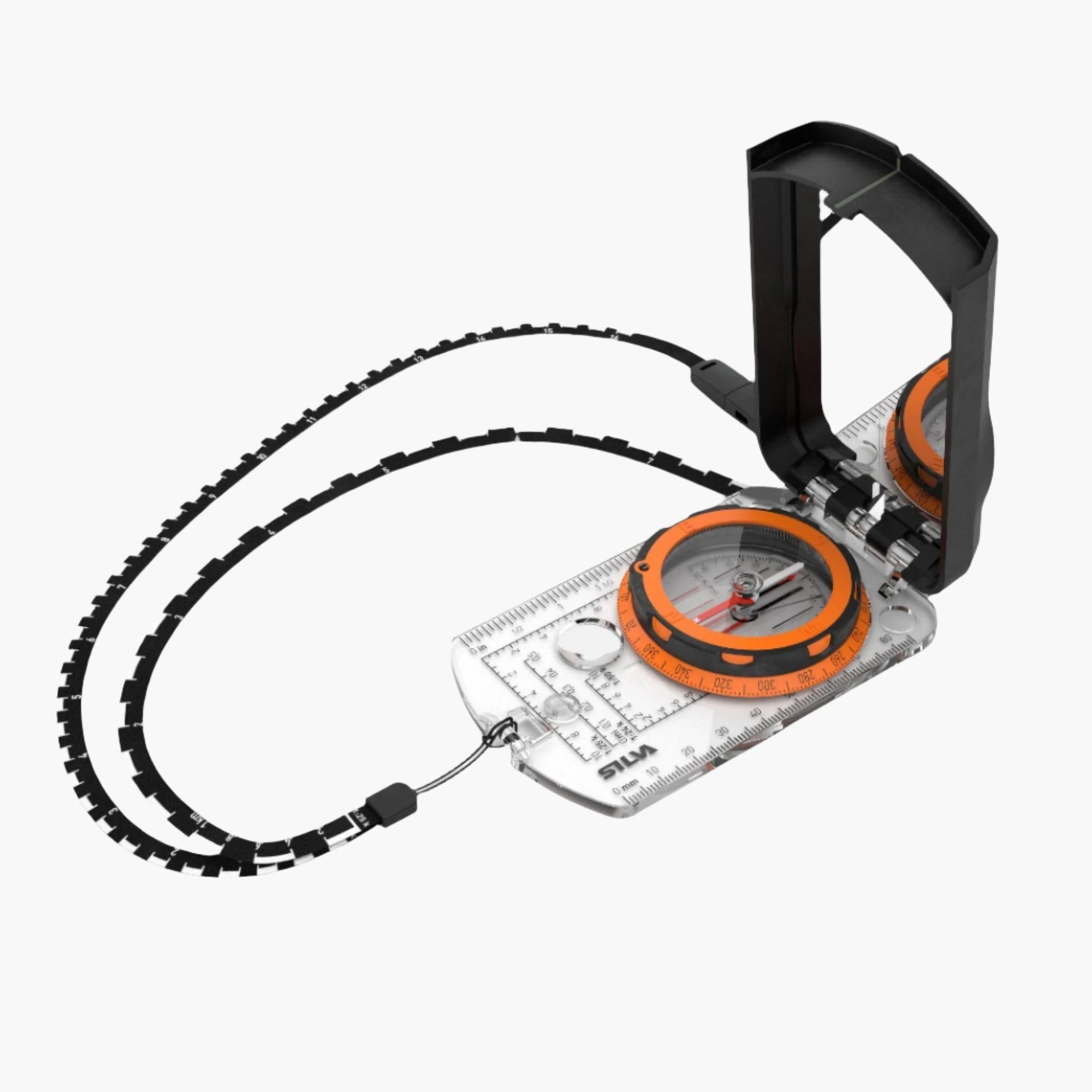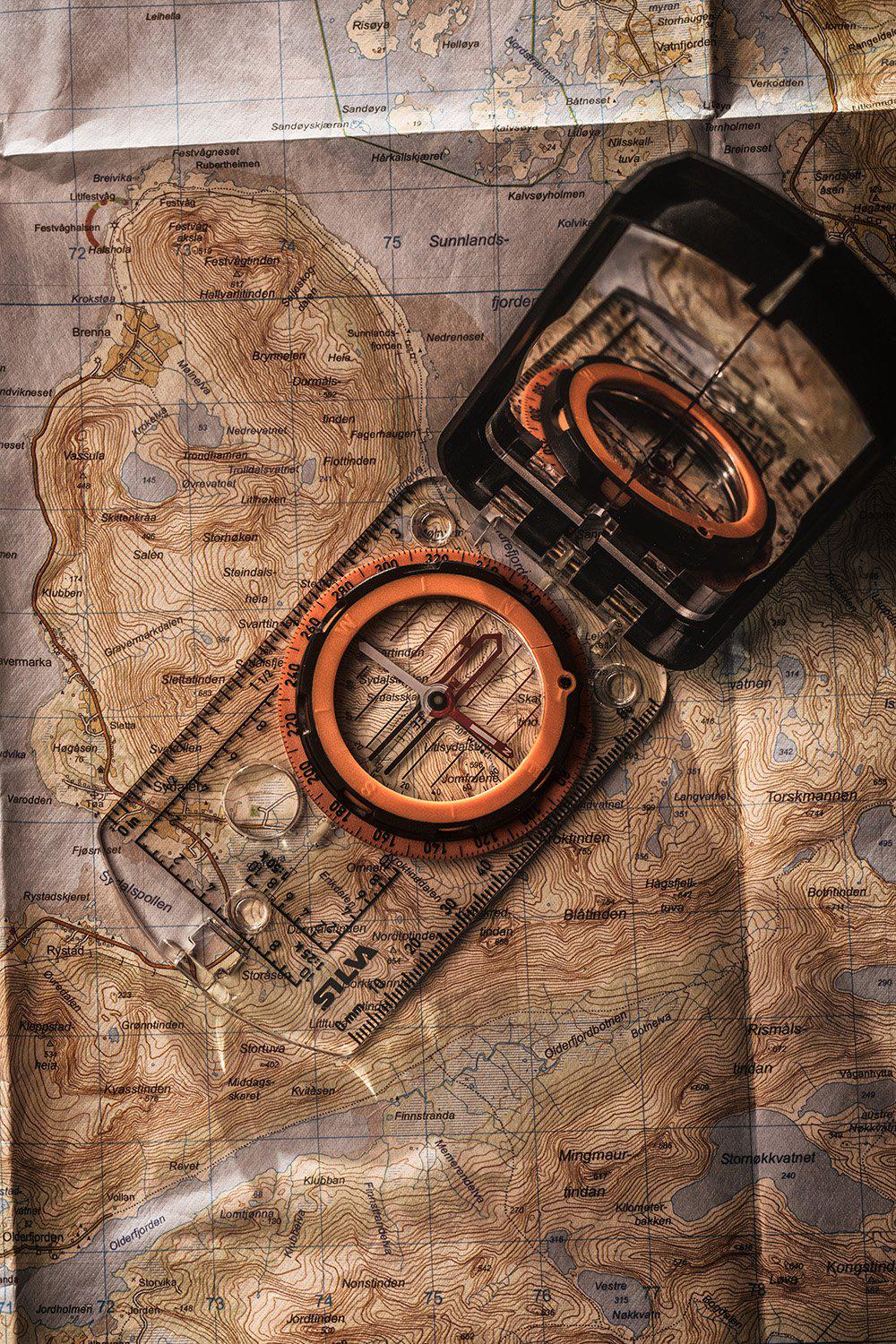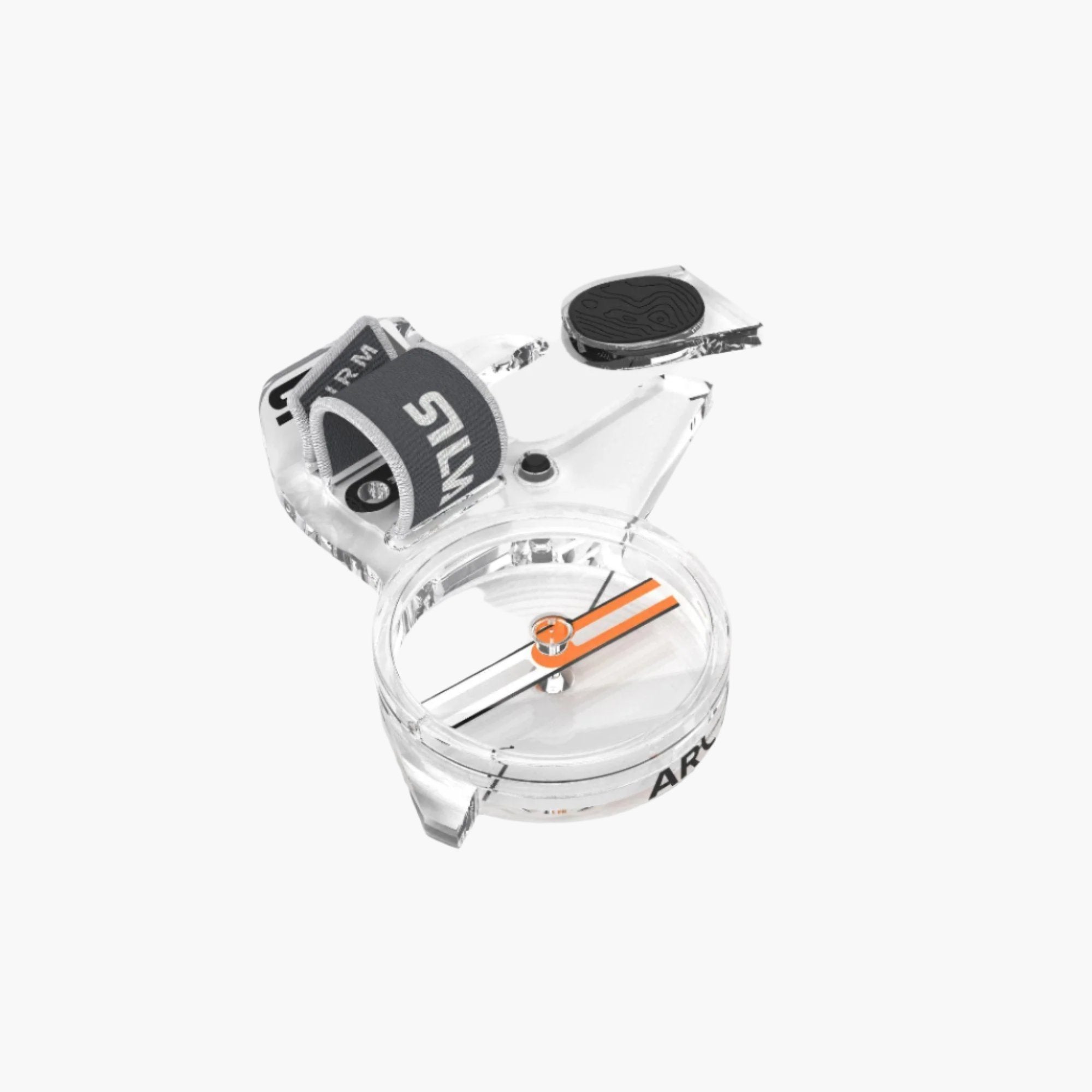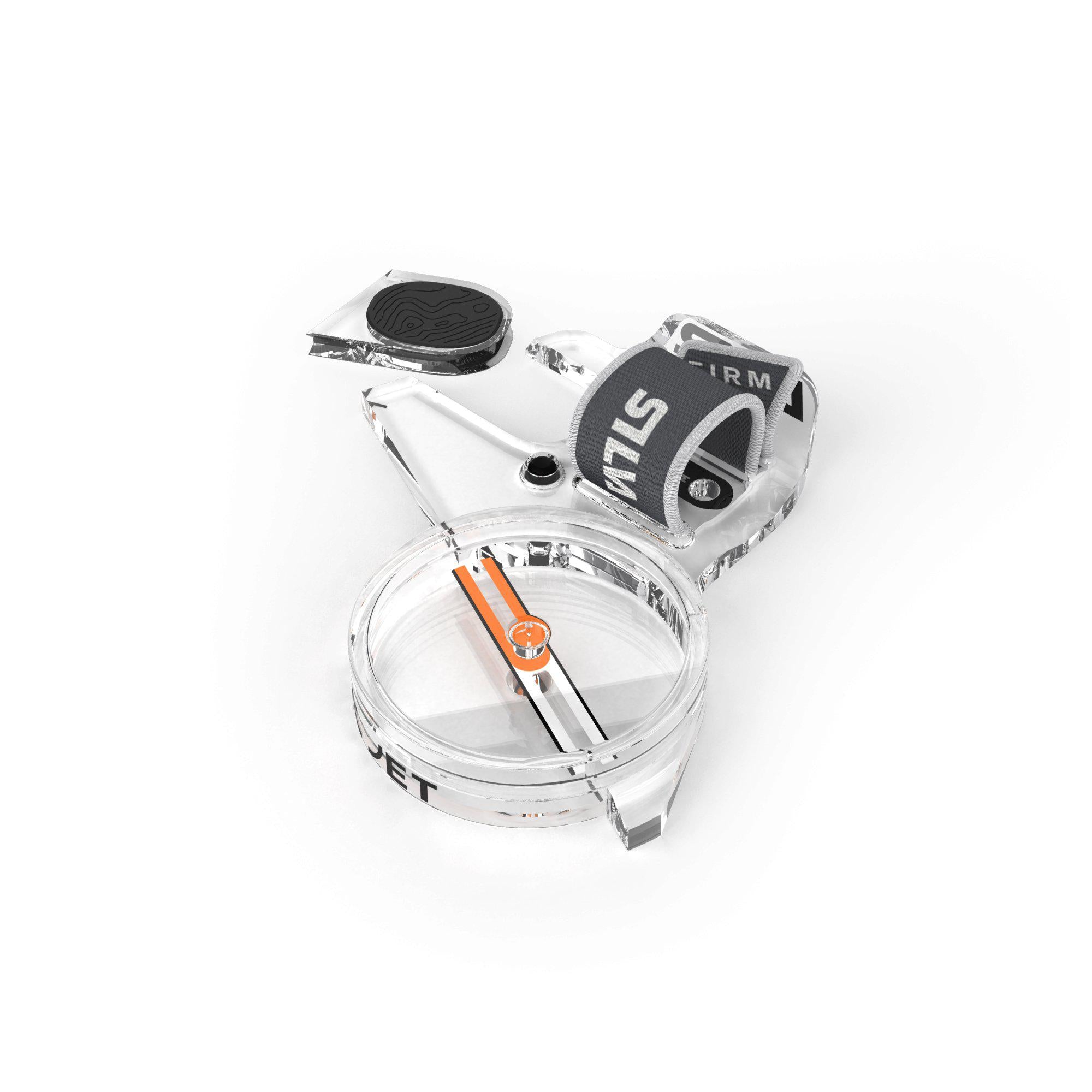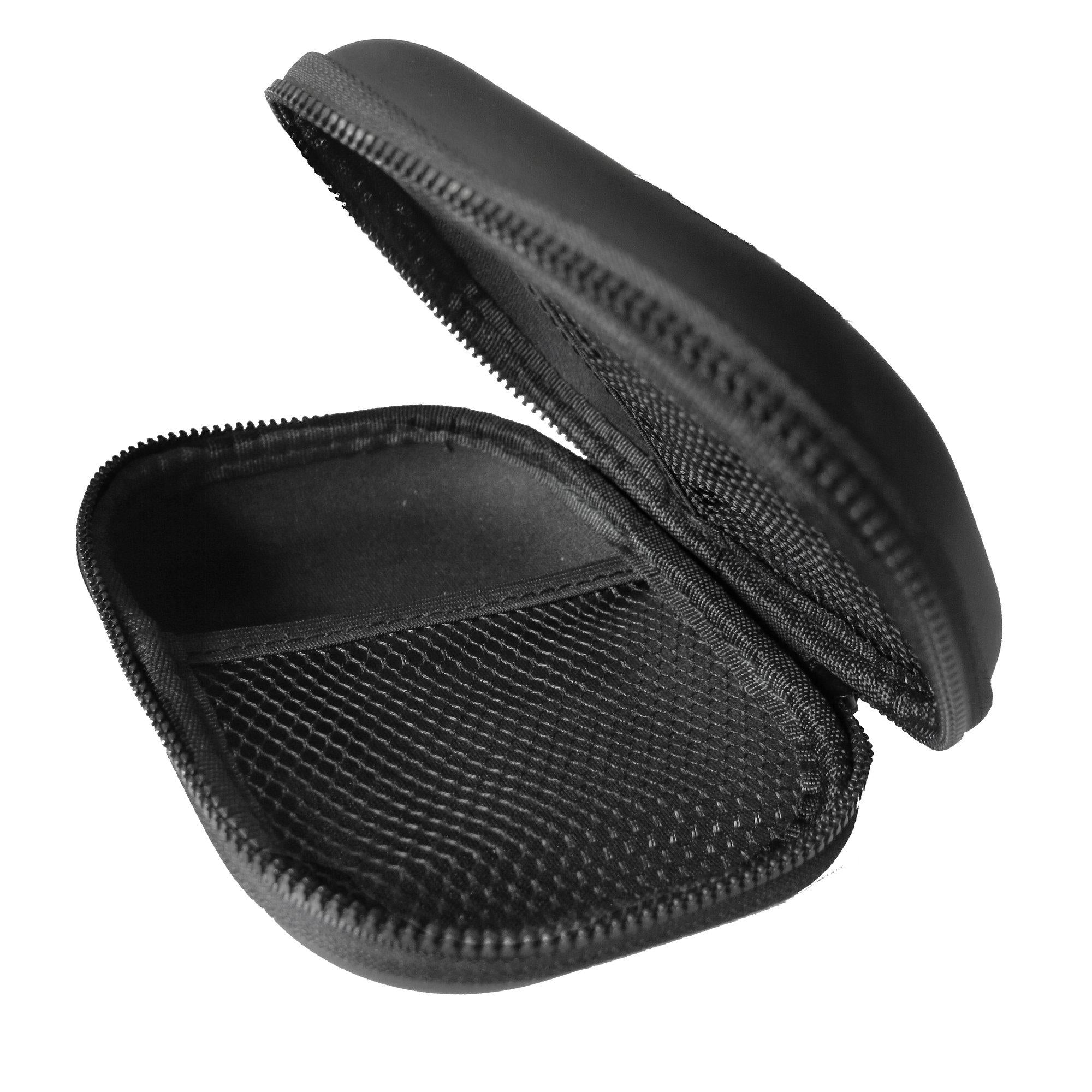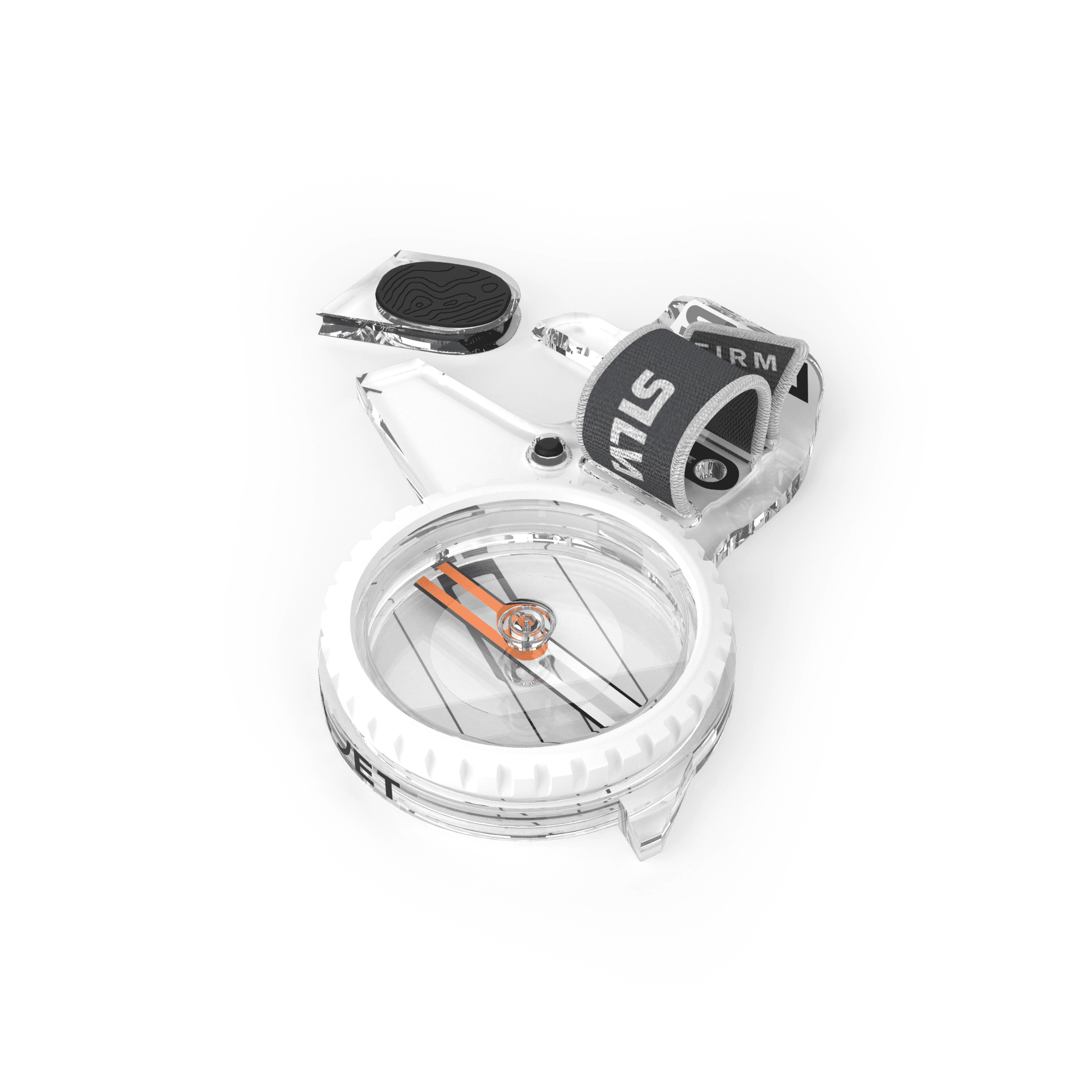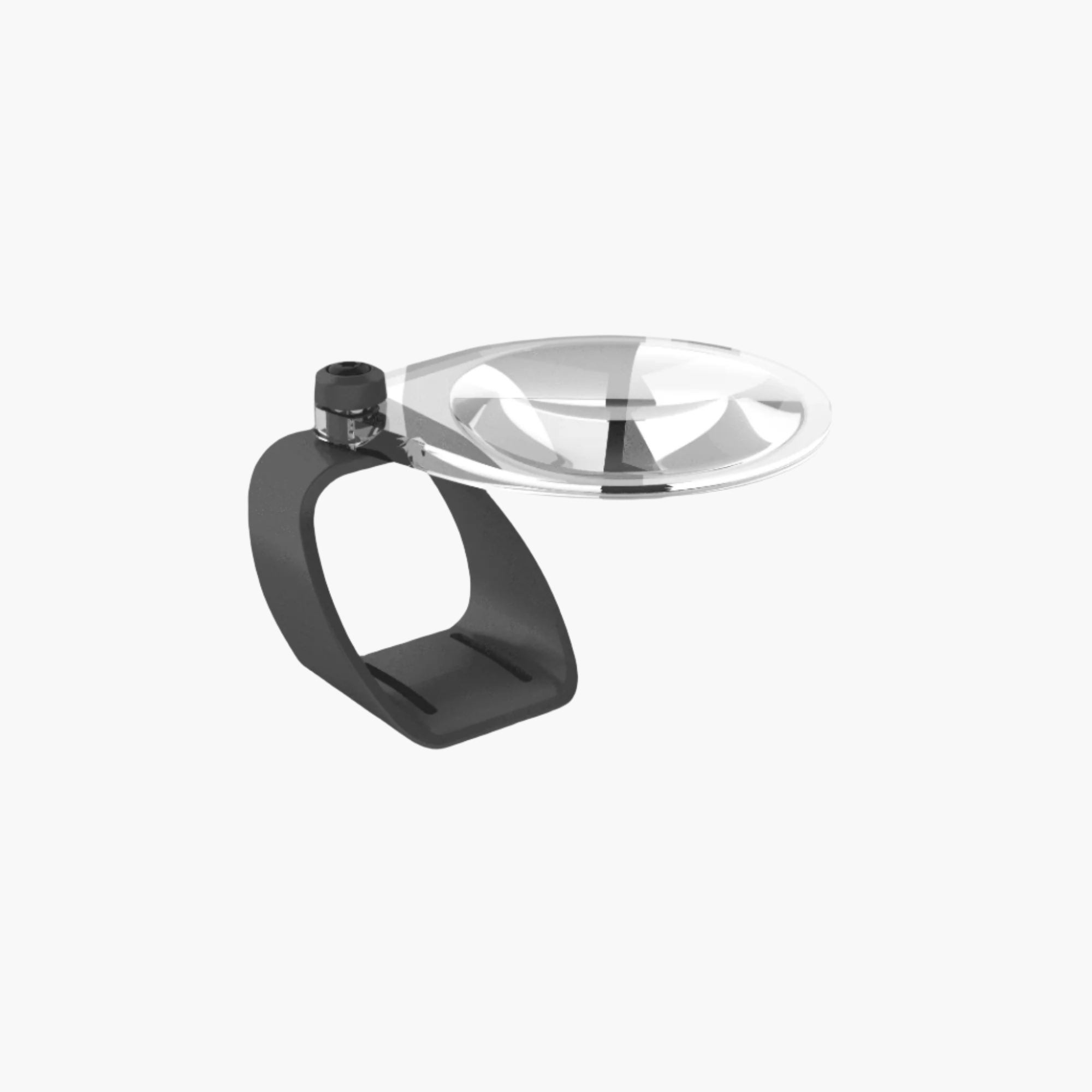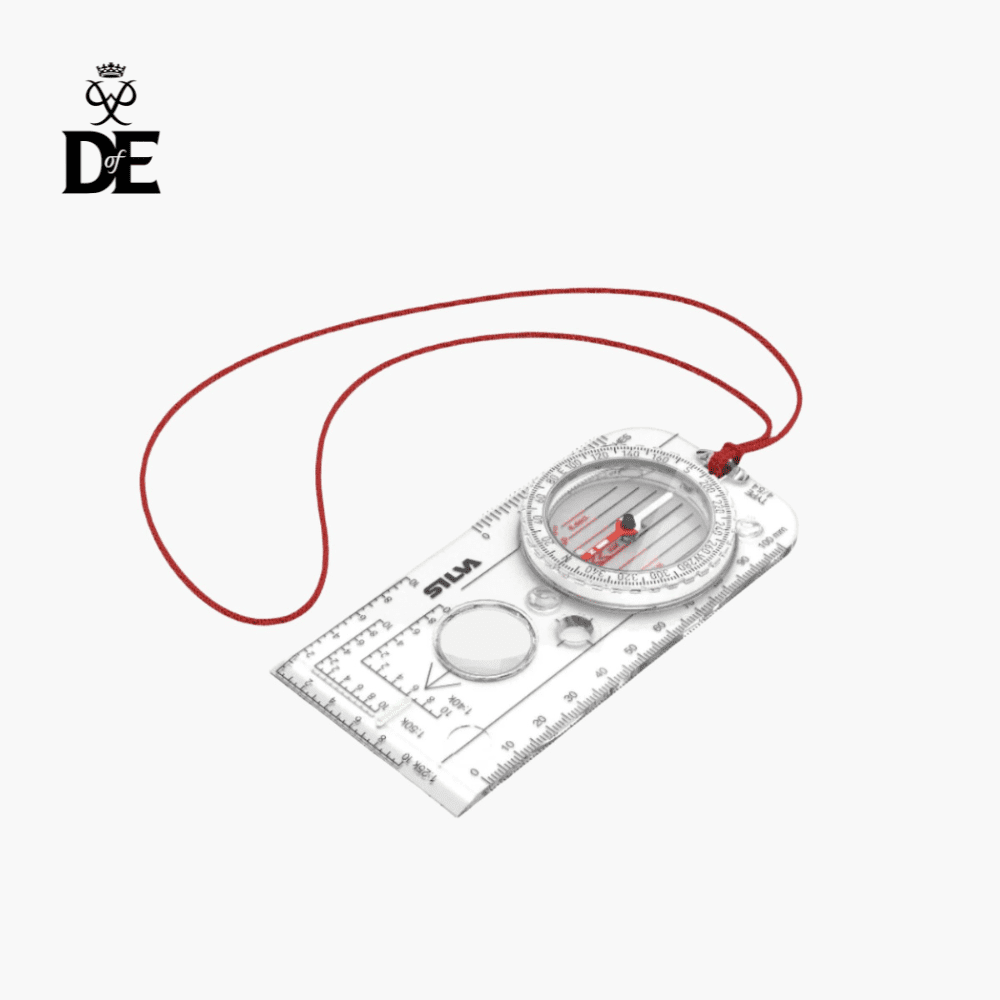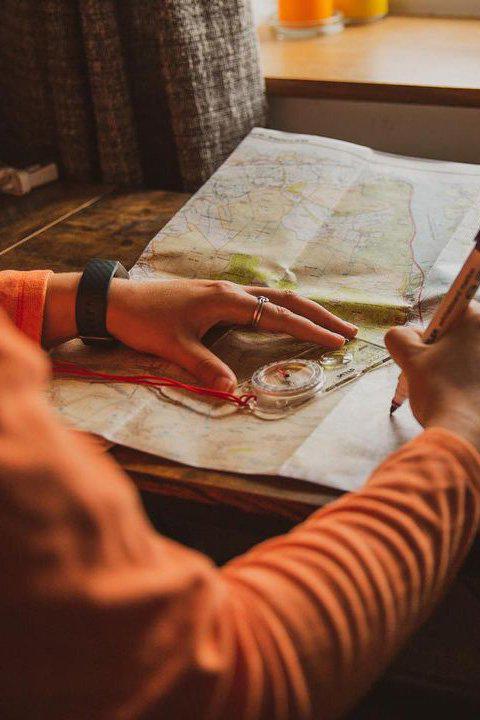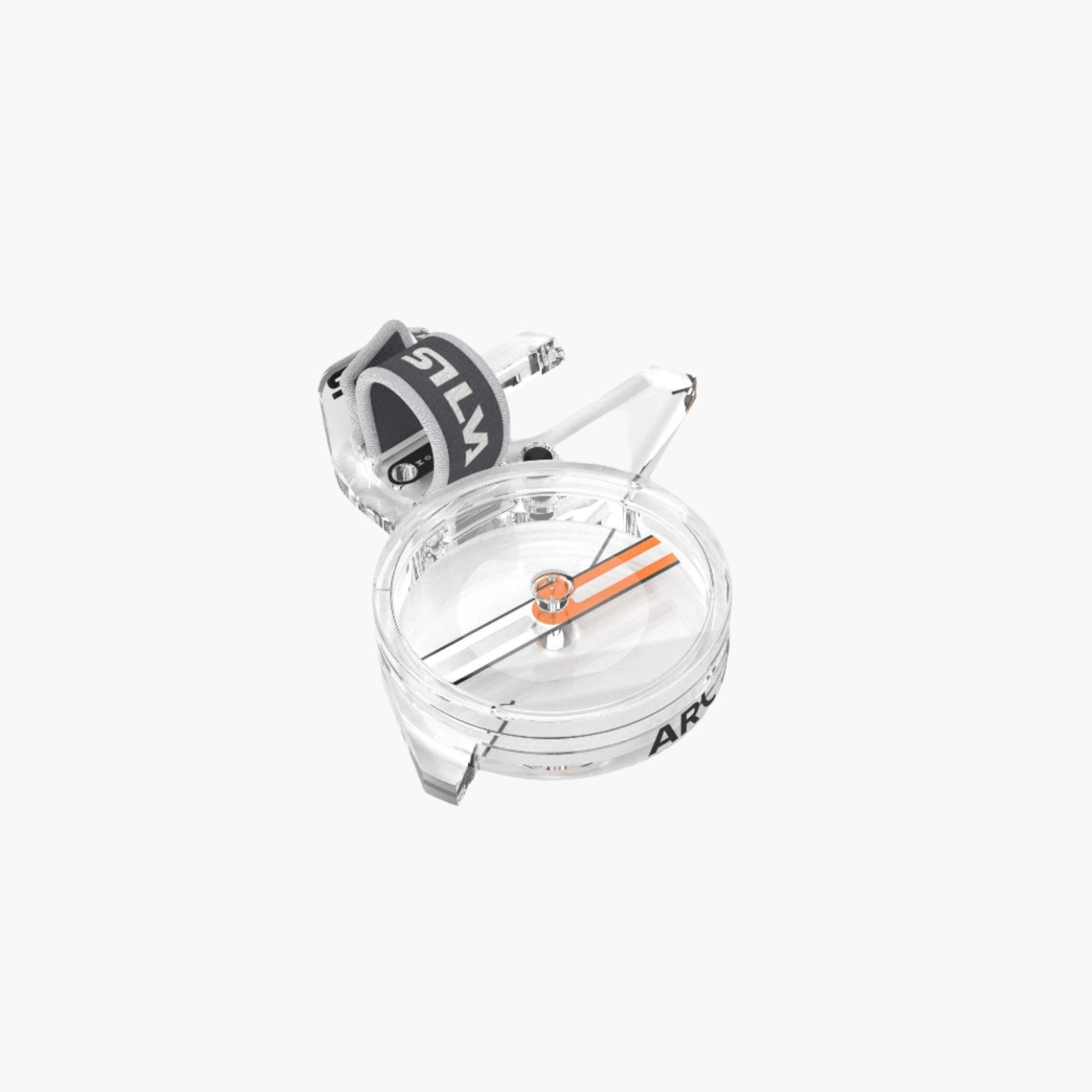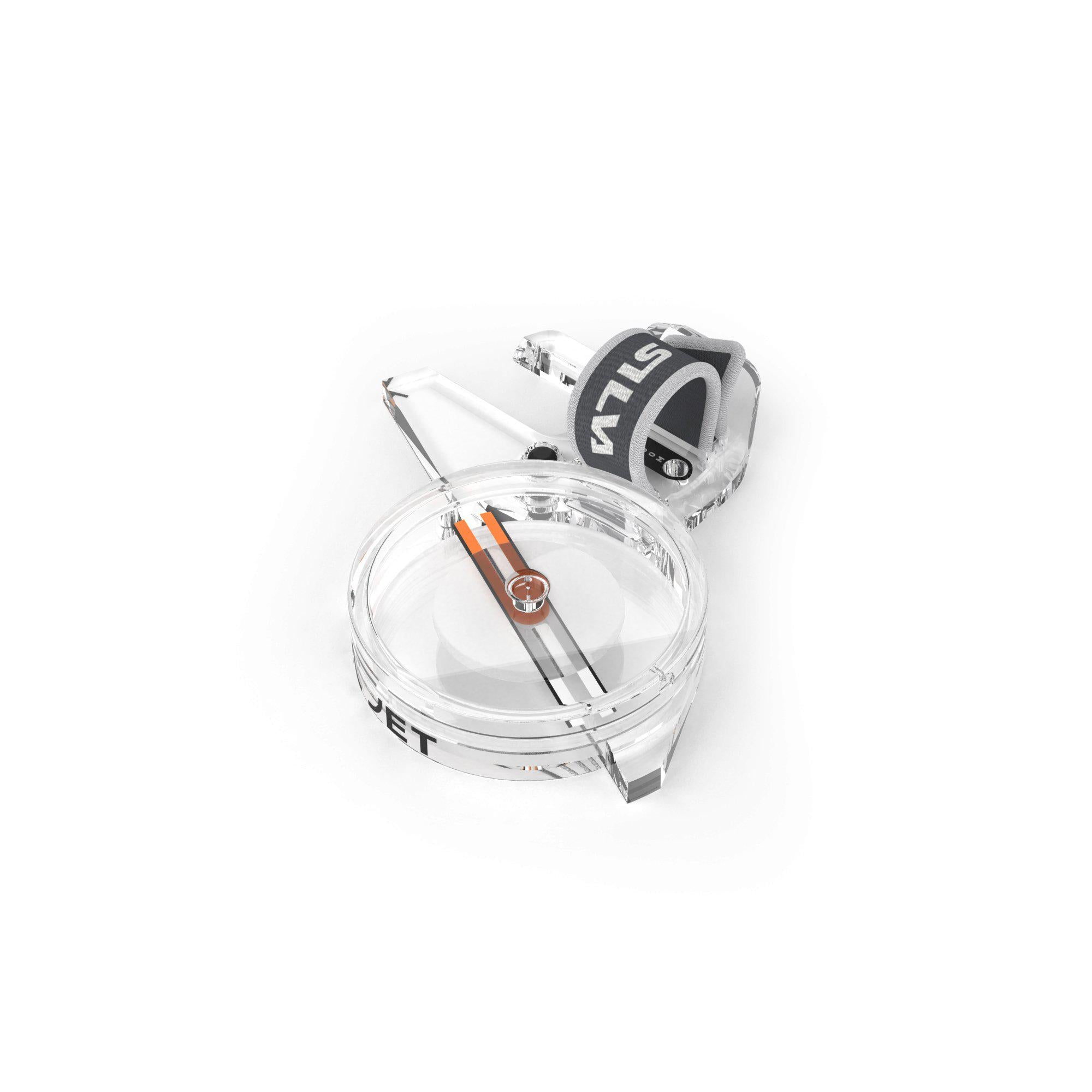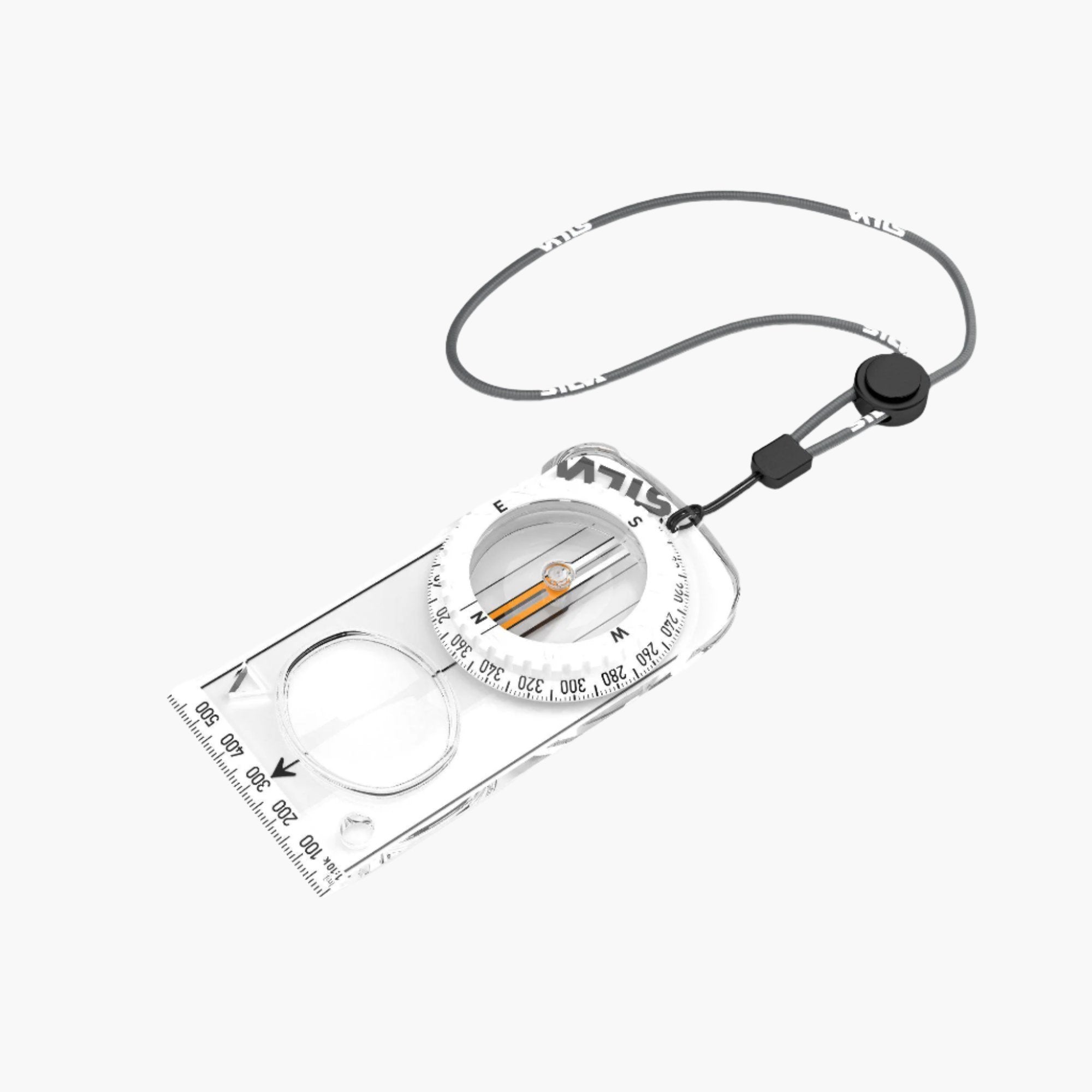LEARN THE BASICS
In addition to knowing how to navigate with the simple Silva 1-2-3 system, it is good to know how compasses work. There are many different types of compasses, but regardless of the model, it is the needle that plays the main role. You will find the compass needle in the liquid-filled compass housing. There are more features on a compass that are important - simply explained below.
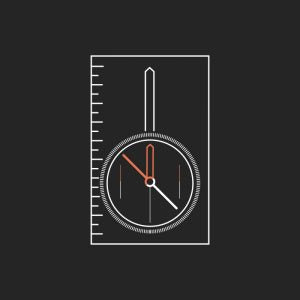
THE PRECISION OF THE COMPASS
Silva is a world leader in compasses, accuracy, precision and durability. On all Silva compasses, the precision towards magnetic north is 1 degree.
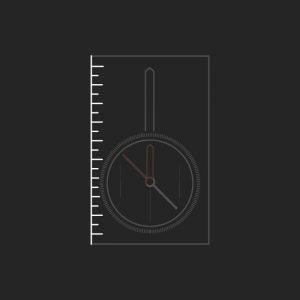
RULER
The scales on the compass - and all the other info you see - have been burned in, which provides good durability so you can use your compass for a long time.
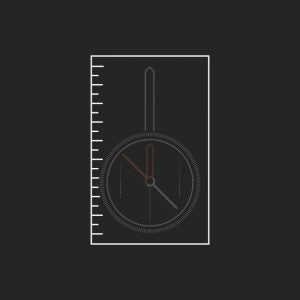
BASE PLATE
We have chosen to manufacture our compasses in durable, high-quality acrylic plastic. This means that you can use the compass often and for many years. In addition, it is easier to see the map through the compass because the material is transparent.
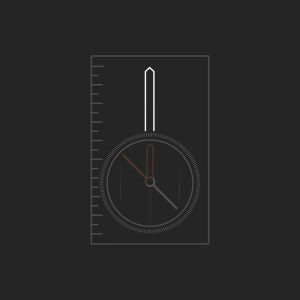
DIRECTIONAL ARROW
The direction arrow shows the desired direction of travel, or a specific bearing, and is your guide when you have determined your direction.

COMPASS HOUSE
The compass housing is filled with a specially developed anti-static liquid that provides good transparency and fast setting time as well as optimal damping, stability and precision.

NORRLINJER/NORRPIL
All Silva outdoor compasses have red-black north lines and a red-black north arrow at the bottom of the compass housing for easy and safe setting. The north lines are used to align the compass housing with the meridians of the map. Half of the lines (and the arrow) are red to indicate north.

COMPASS NEEDLE
We have developed the world's fastest and most reliable compass needle made of Swedish steel. Combination of sapphire bearing and hardened steel pin minimizes friction, which in turn provides fast and precise movements.

CLINOMETER
Many compasses have a clinometer built into the compass housing. The clinometer can be used to measure slopes and heights in terrain.
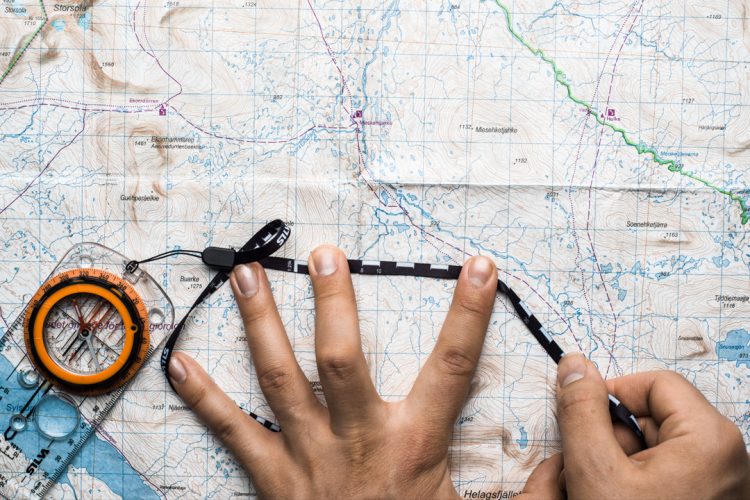
NECK STRAP WITH RULER IS USED TO CALCULATE THE DISTANCE
In order to measure the map, you need a scale. Many of the compasses come with a neck strap that doubles as a ruler. They have two scales; 1:25 and 1:50, and are tools for you to be able to calculate how long your distance is. Place the strap directly on the map to be able to quickly and easily measure the distance you have ahead of you - or when planning your adventure.
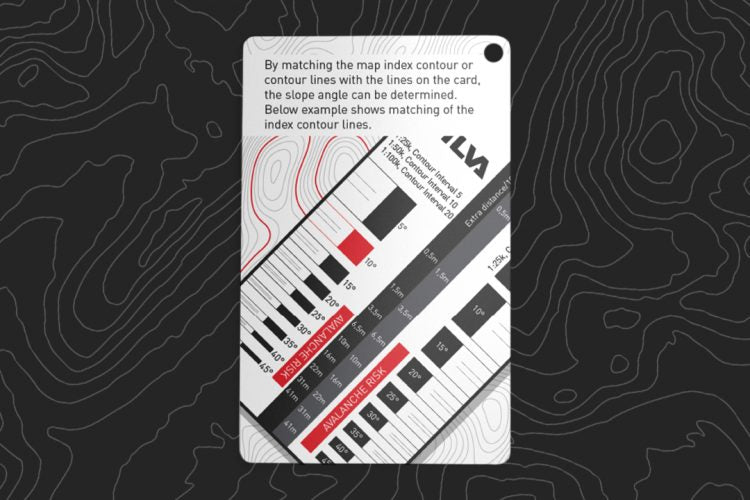
THE GRADIENT MAP HELPS YOU DETERMINE HOW CHALLENGING THE TERRAIN IS
The slope map is good both for detecting avalanche risk and for determining how challenging the terrain is. By knowing the slope, you can also judge how much longer the distance will be because of the slope. When you are in steep terrain, you must always be aware of the avalanche risk. The risk increases if the slope is more than 30 degrees and with the slope card you can more easily assess the risk.
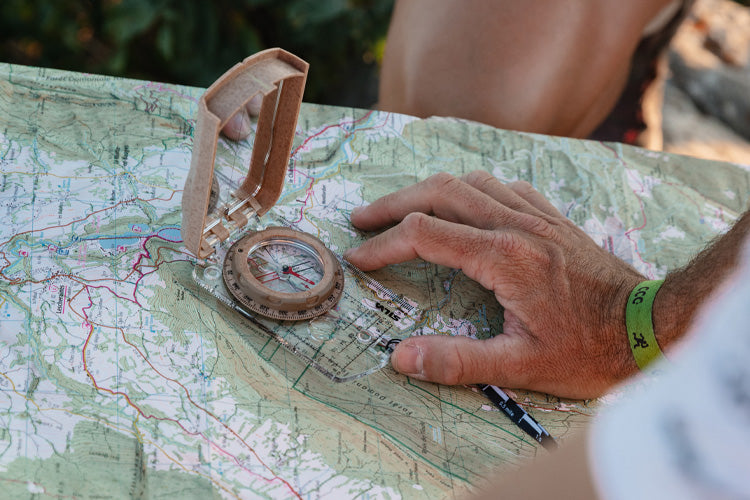
MAGNIFYING GLASS
Some of the compasses from Silva have a built-in magnifying glass. It is practical to be able to read the map more precisely.
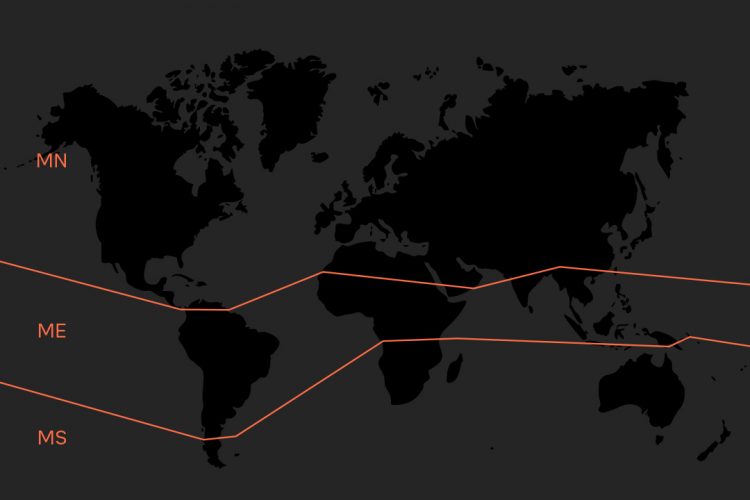
LEARN ABOUT MAGNETIC ZONES - THEN YOU CAN NAVIGATE THE WHOLE WORLD
That the Earth's magnetic zones affect how you think about navigation is important to understand, especially if you're planning adventures in other parts of the world. Most Silva compasses are balanced for one of the three zones of the globe. If you use the compass in the "wrong" zone, the needle will tilt and the compass may show incorrect north. Silva compasses are balanced for three different zones: MN (Magnetic North), ME (Magnetic Equator), MS (Magnetic South). Be sure to have a compass for the correct zone when navigating. Some of our most popular compasses are now equipped with a global needle that can be used in all three zones of the globe. The global needle gives you a flexible compass that can be used all over the world.
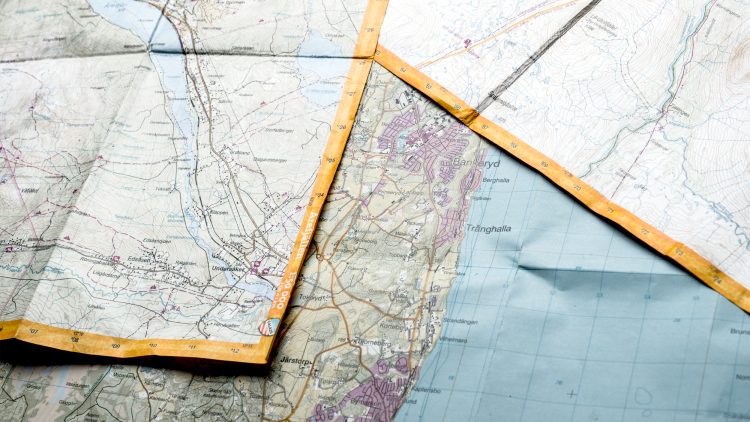
MAGNETIC DECLINATION IS VISIBLE ON THE MAP
When using a compass and map together, it is important to know the magnetic declination and how to compensate for it. Declination is the difference in degrees between geographic north/true north (as shown by the map's meridians) and magnetic north (where the compass needle points). In areas with strong misdirection, this must be taken into account to obtain a correct bearing.
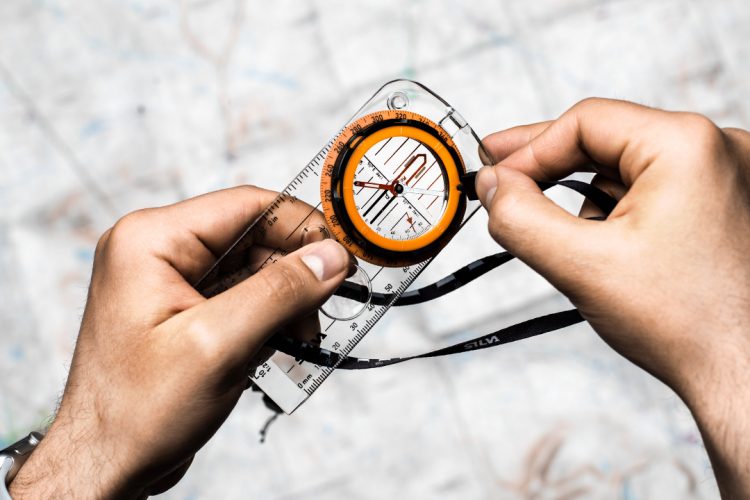
DECLINATION ADJUSTMENT
Most Silva compasses have a fixed declination scale in the compass housing to simplify the calculations required to adjust for declination. In some of the compasses there is a small screwdriver in the neck strap locking assembly, use it to make a permanent adjustment.
FIND YOUR COMPASS
Thumb compass for orienteering with Spectra speed dial
Thumb compass with Spectra speed dial – for smaller hands
Mirror sighting with sighting hole
Thumb compass for orienteering with fixed capsule
Perfect when travelling
Thumb compass for orienteering with rotating capsule
Magnifier for Arc Jet thumb compasses
An advanced level compass
Thumb compass for orienteering – for smaller hands
Orienteering markers
THERE IS ALWAYS MORE TO DISCOVER
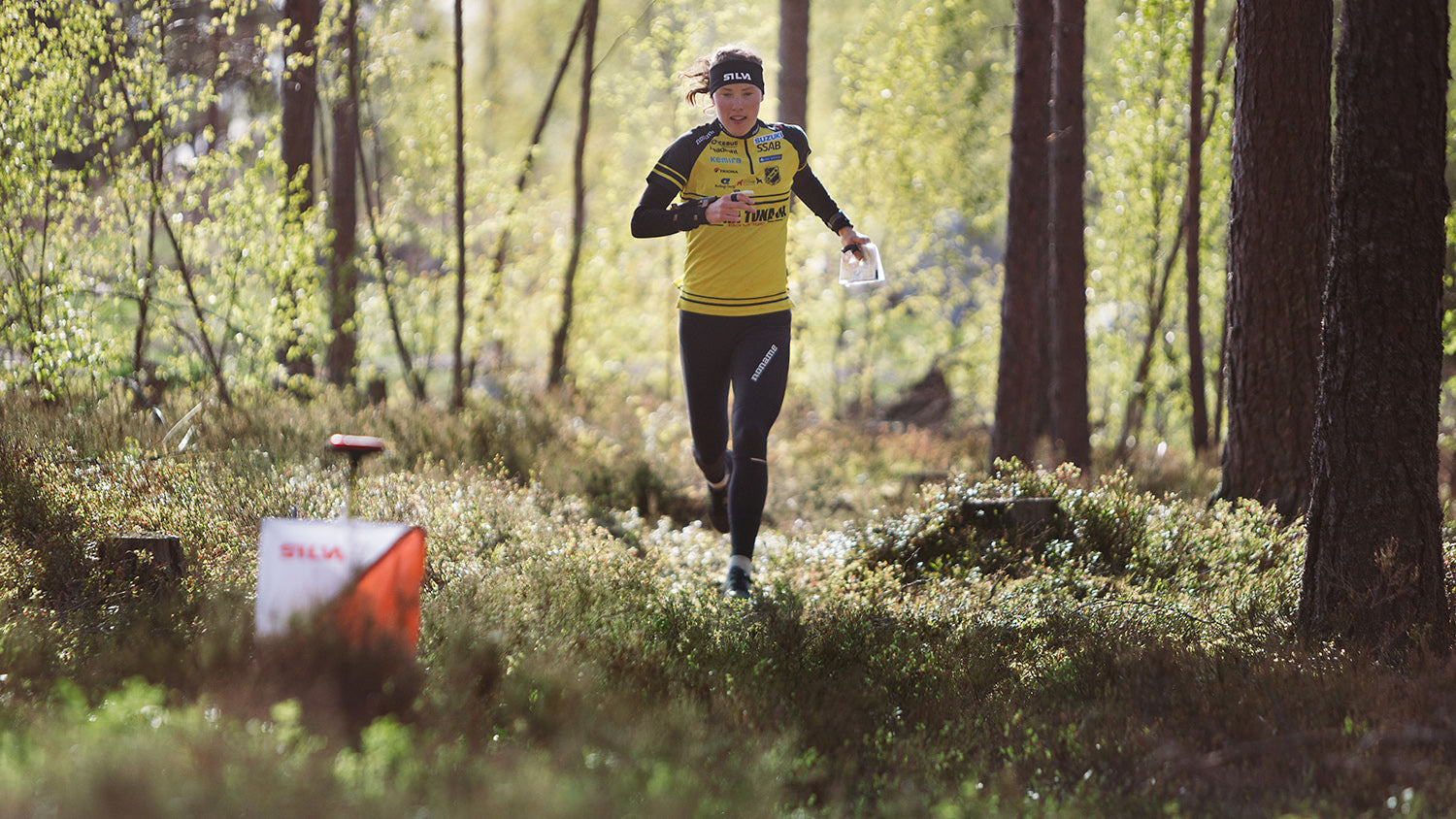
Introducing the new Arc Jet and Spike Jet compasses with the new Jet 2.0 needle: world-fast, stable and reliable. We are proud to set a new standard for orienteers!

Navigating with a map and compass is as easy as 1-2-3. But there are a few things to learn before you head out.
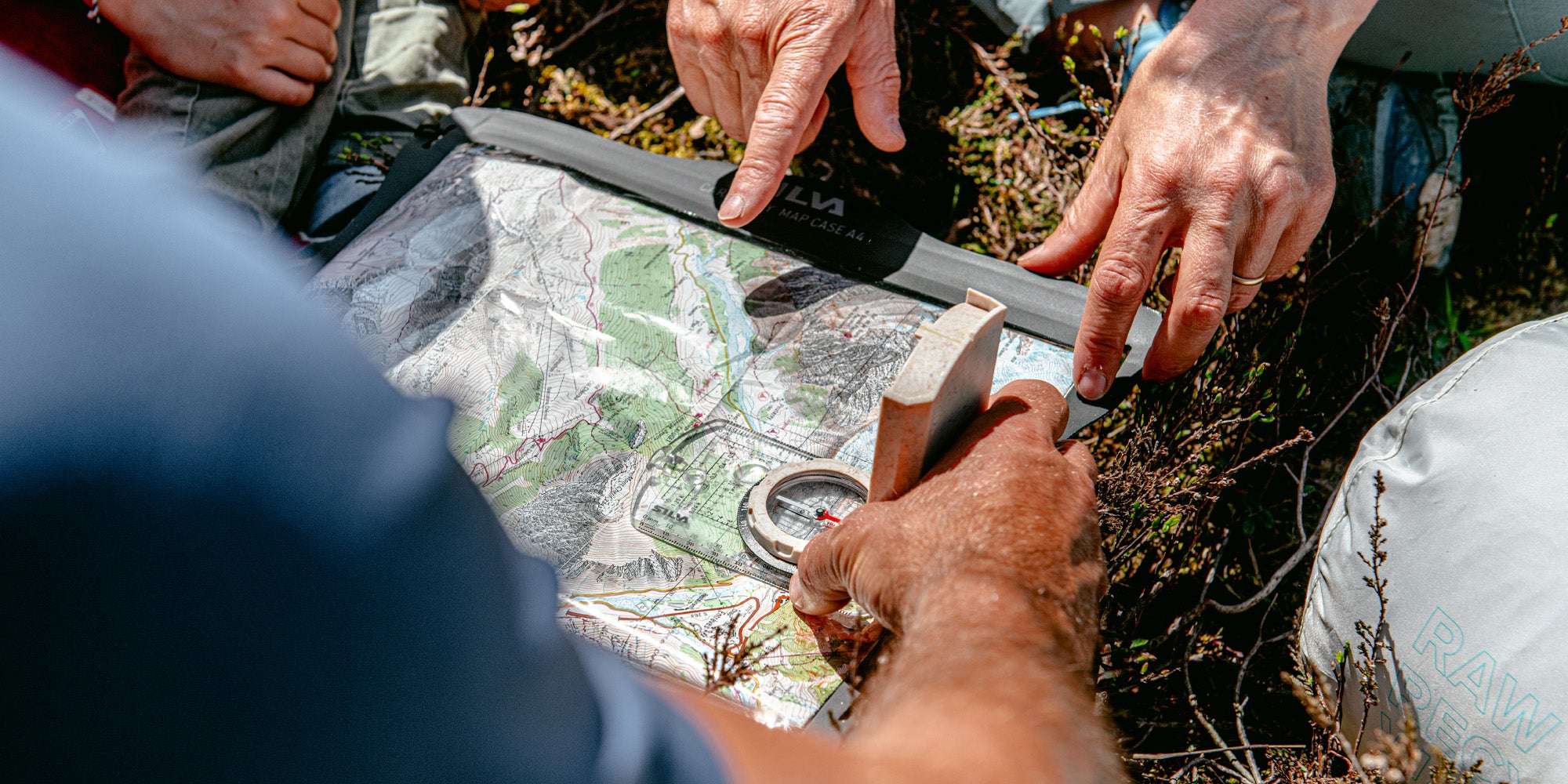
In addition to knowing the simple Silva 1-2-3 system, it is also good to have a basic knowledge of compasses.
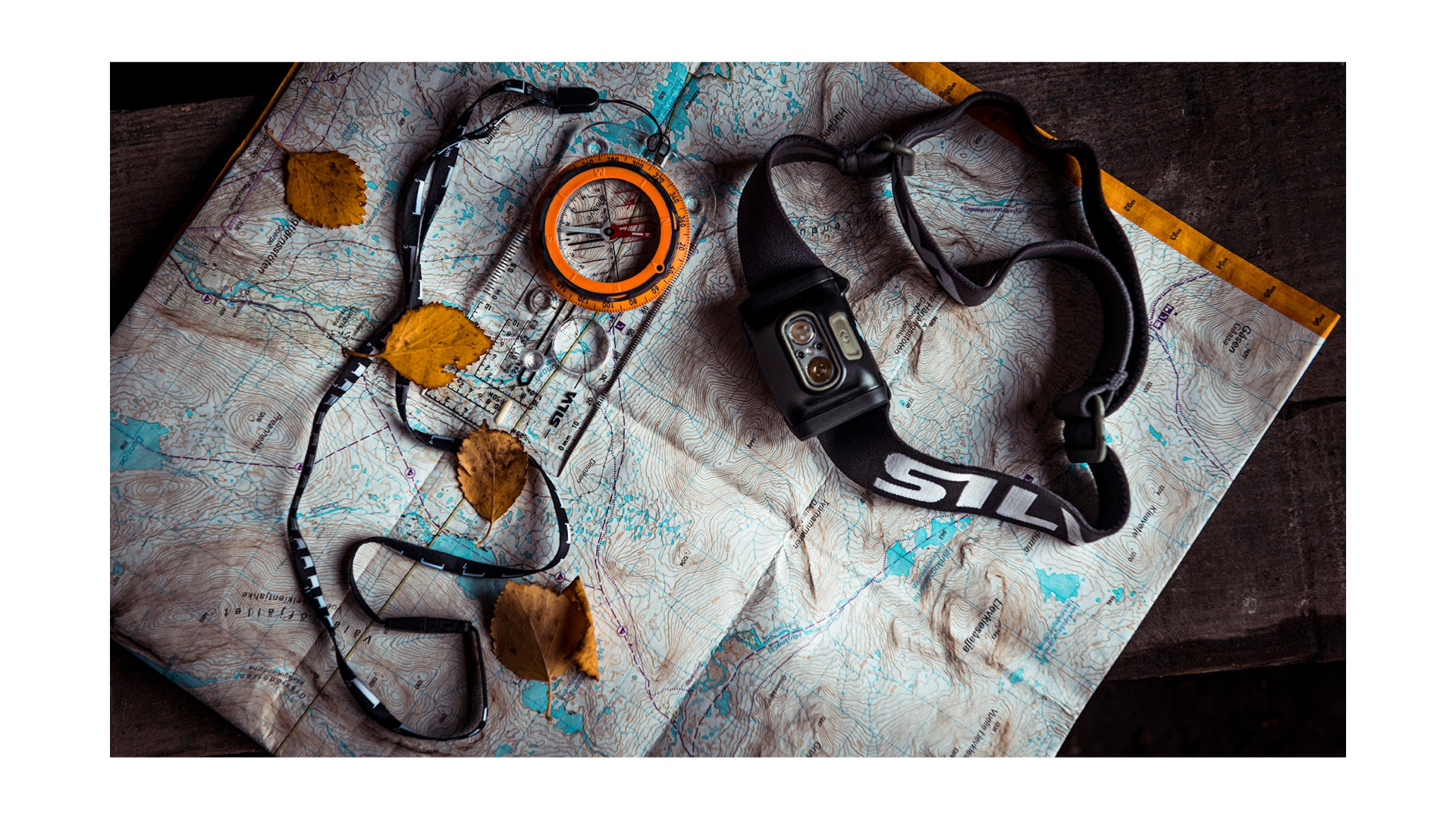
Find the compass that best suits your adventures. We have compasses all the way from beginners to advanced level.
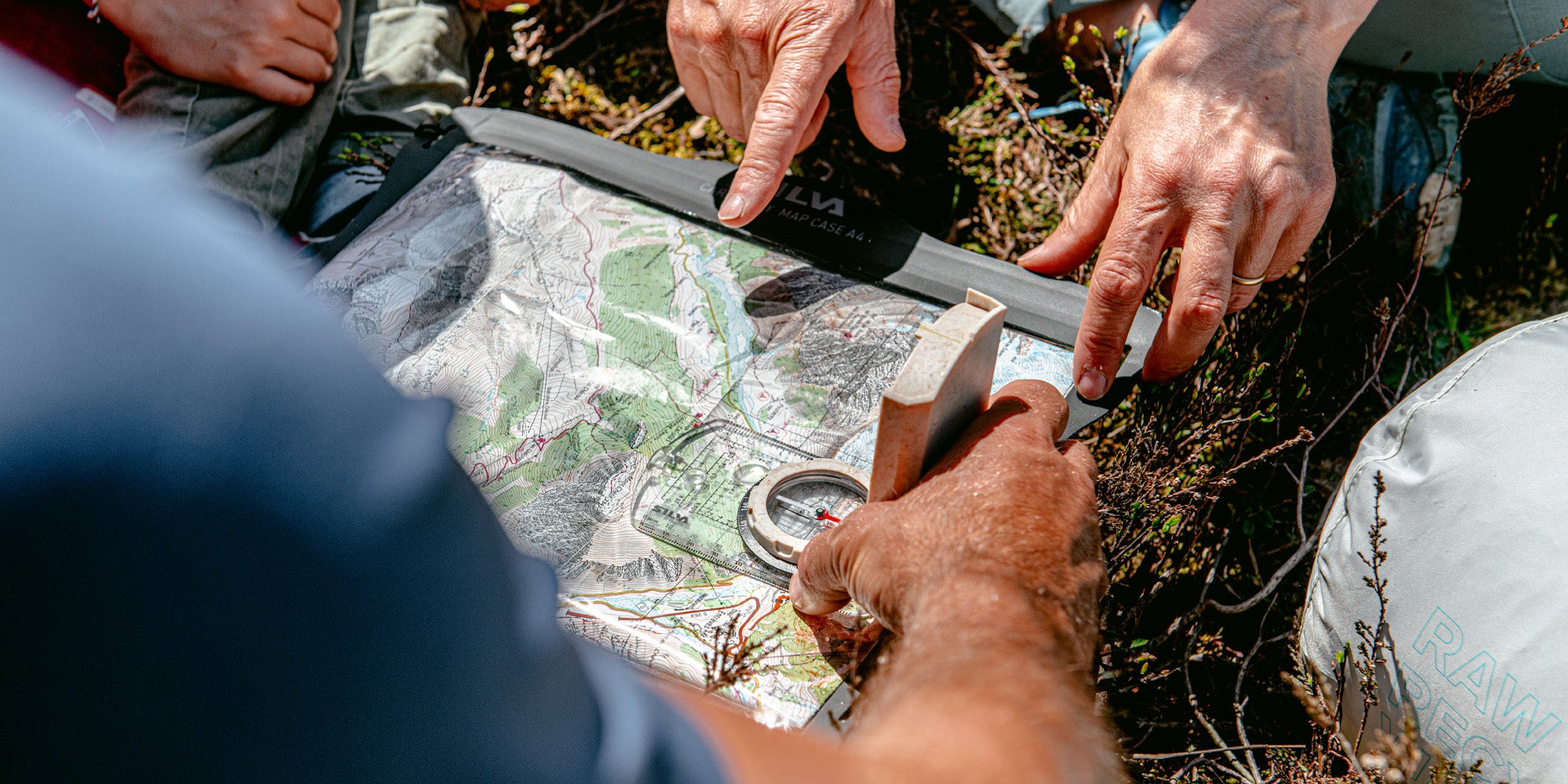
Understanding the terrain is important when planning your adventure – or when you're in the middle of it. Learn the basics and understand the symbols and lines of the map.

Once you've learned the basics, you can practice for your adventures. Take these tips along the way and you'll be extra prepared!
Are you in the right place
Please select your store


